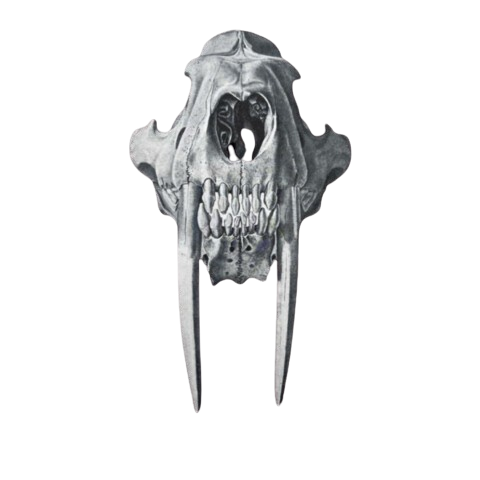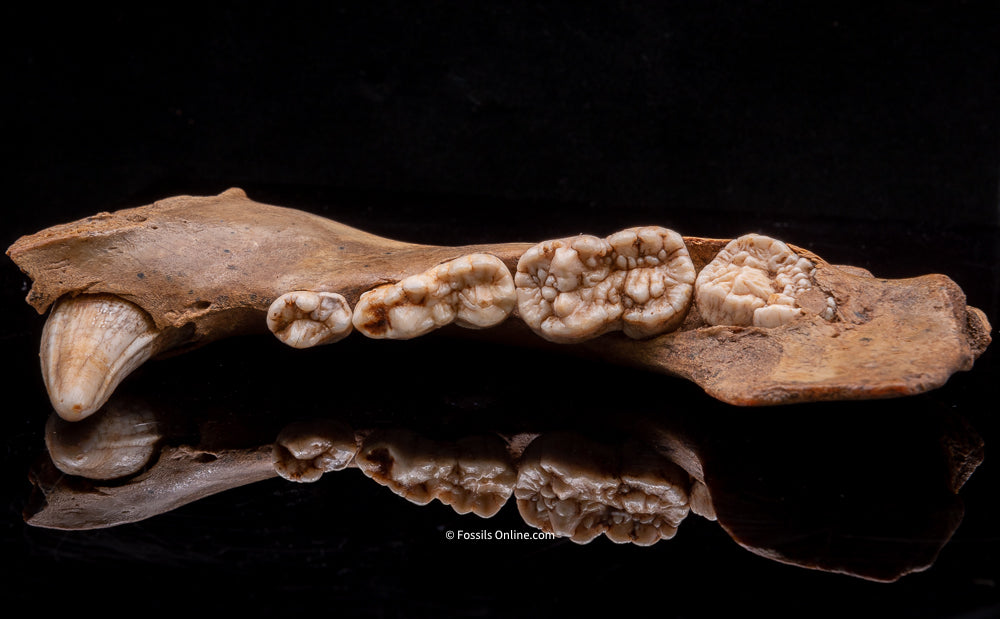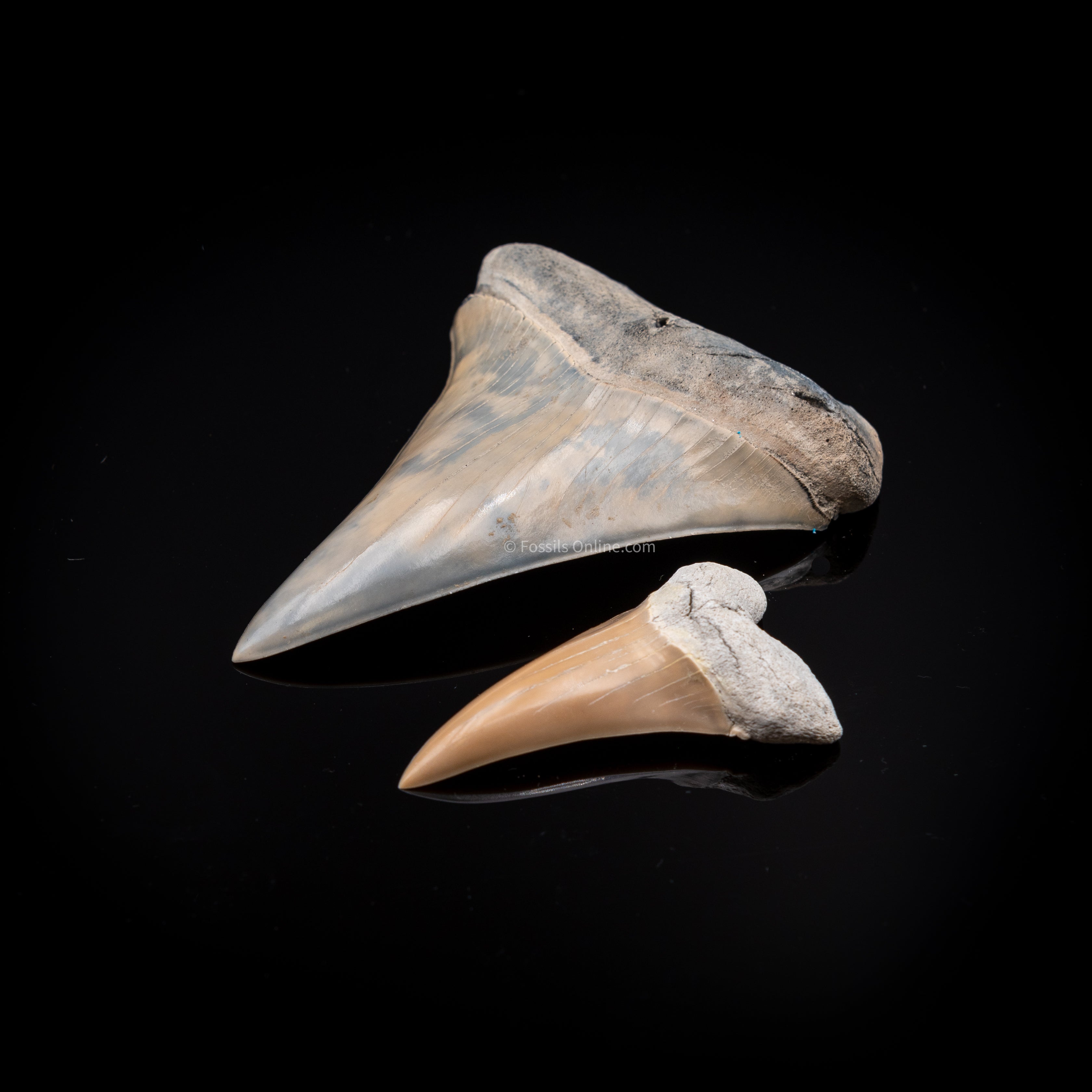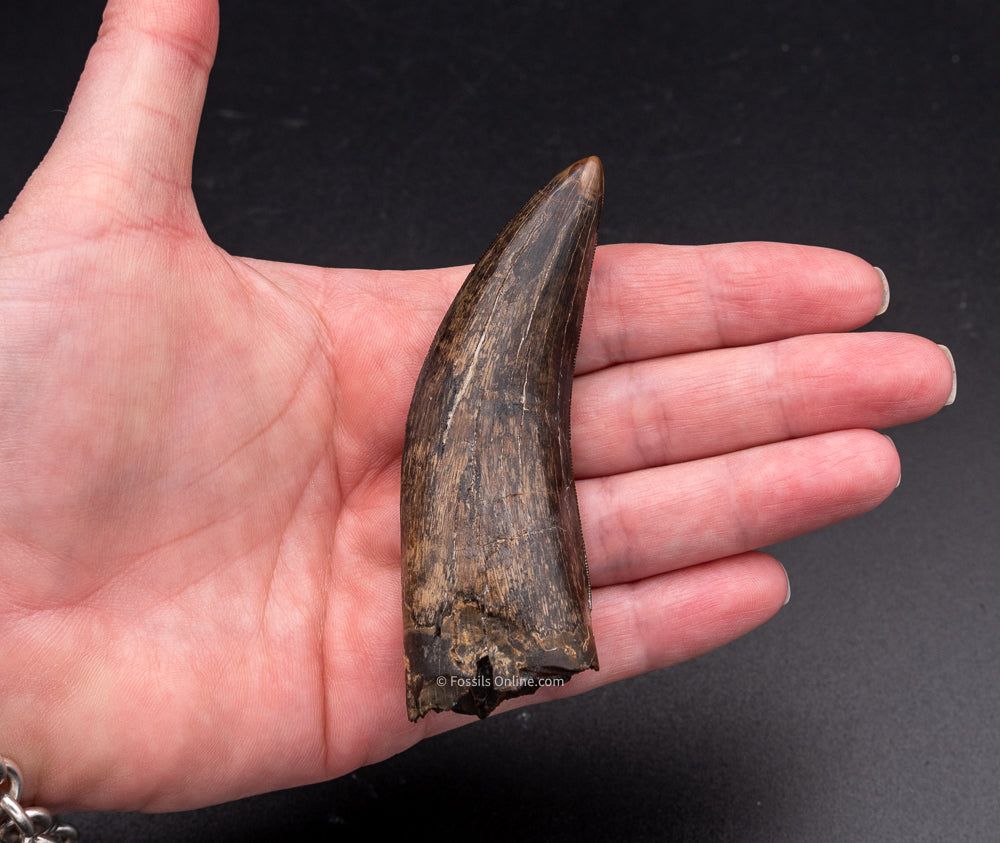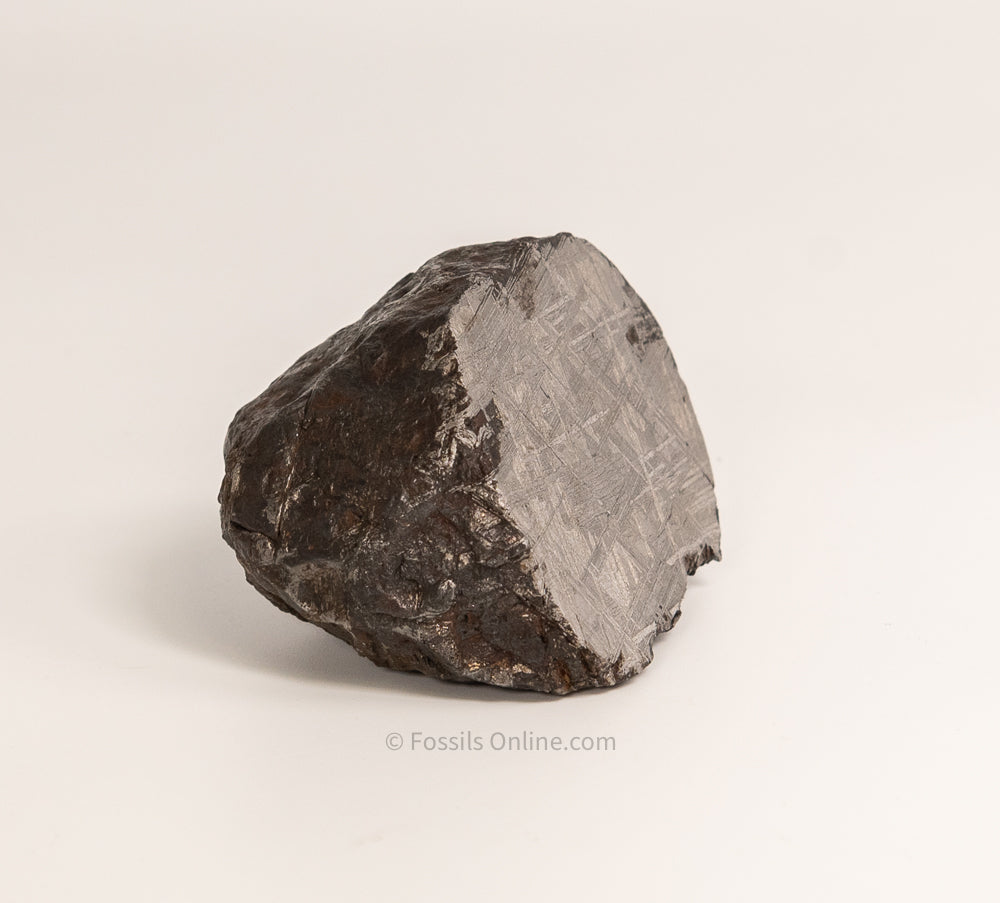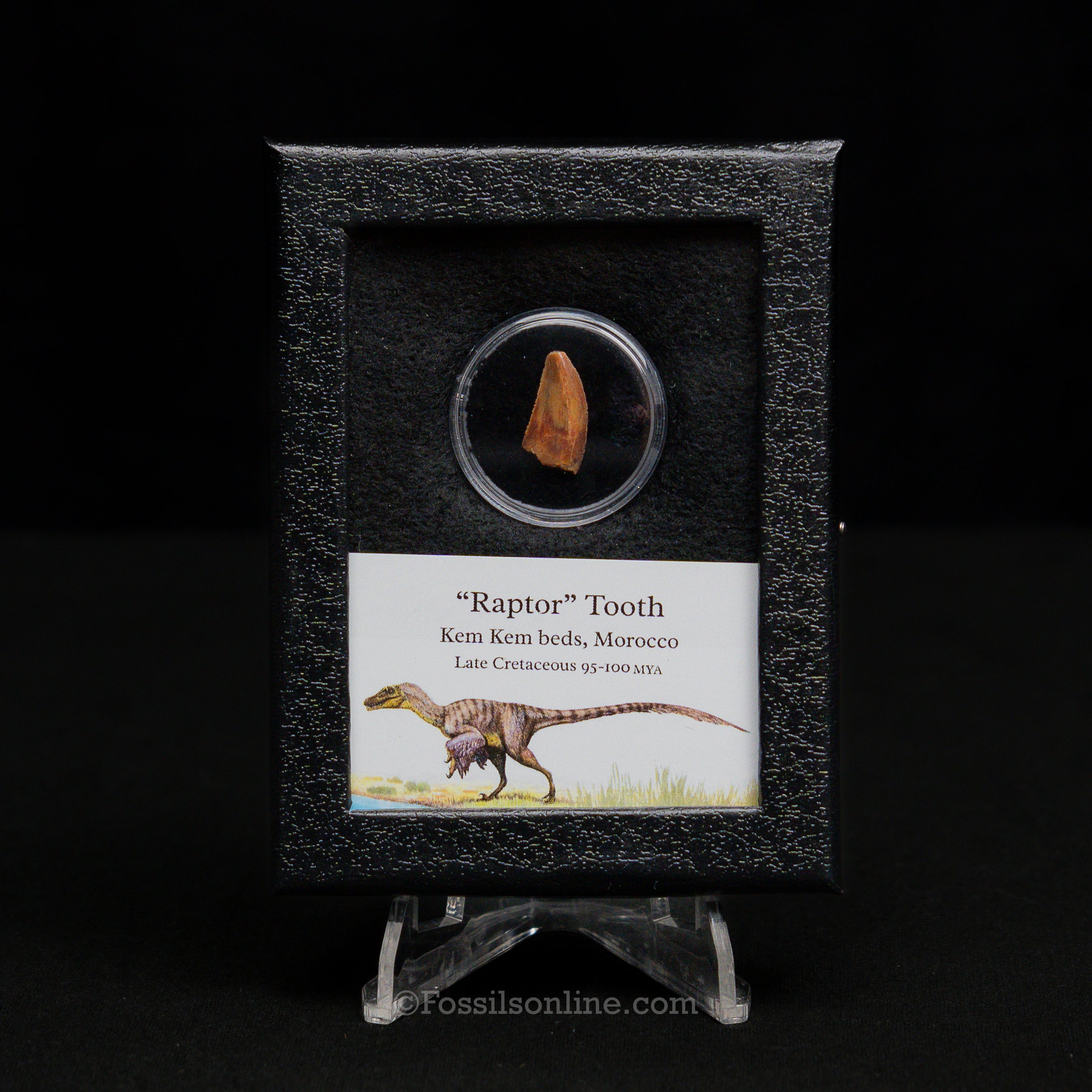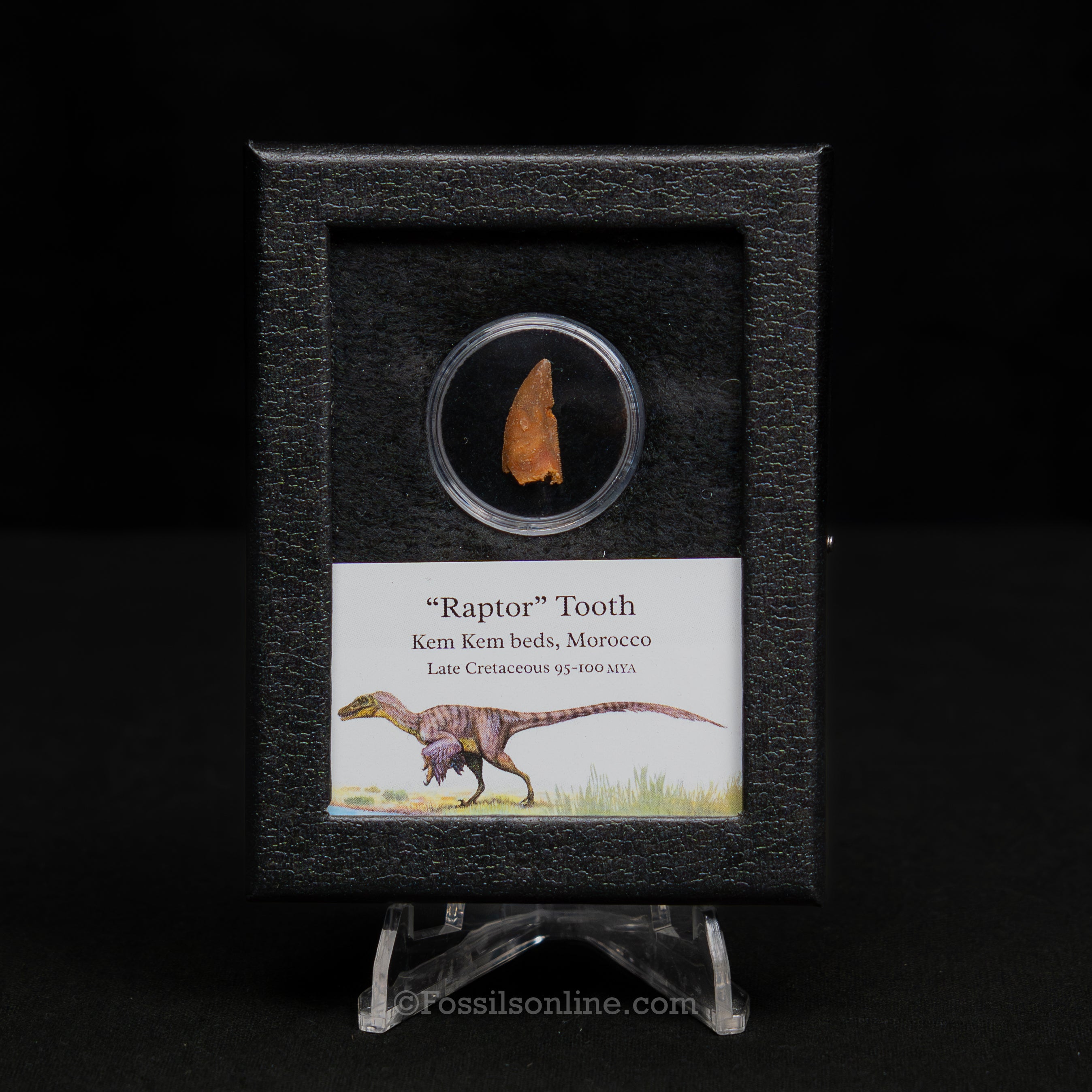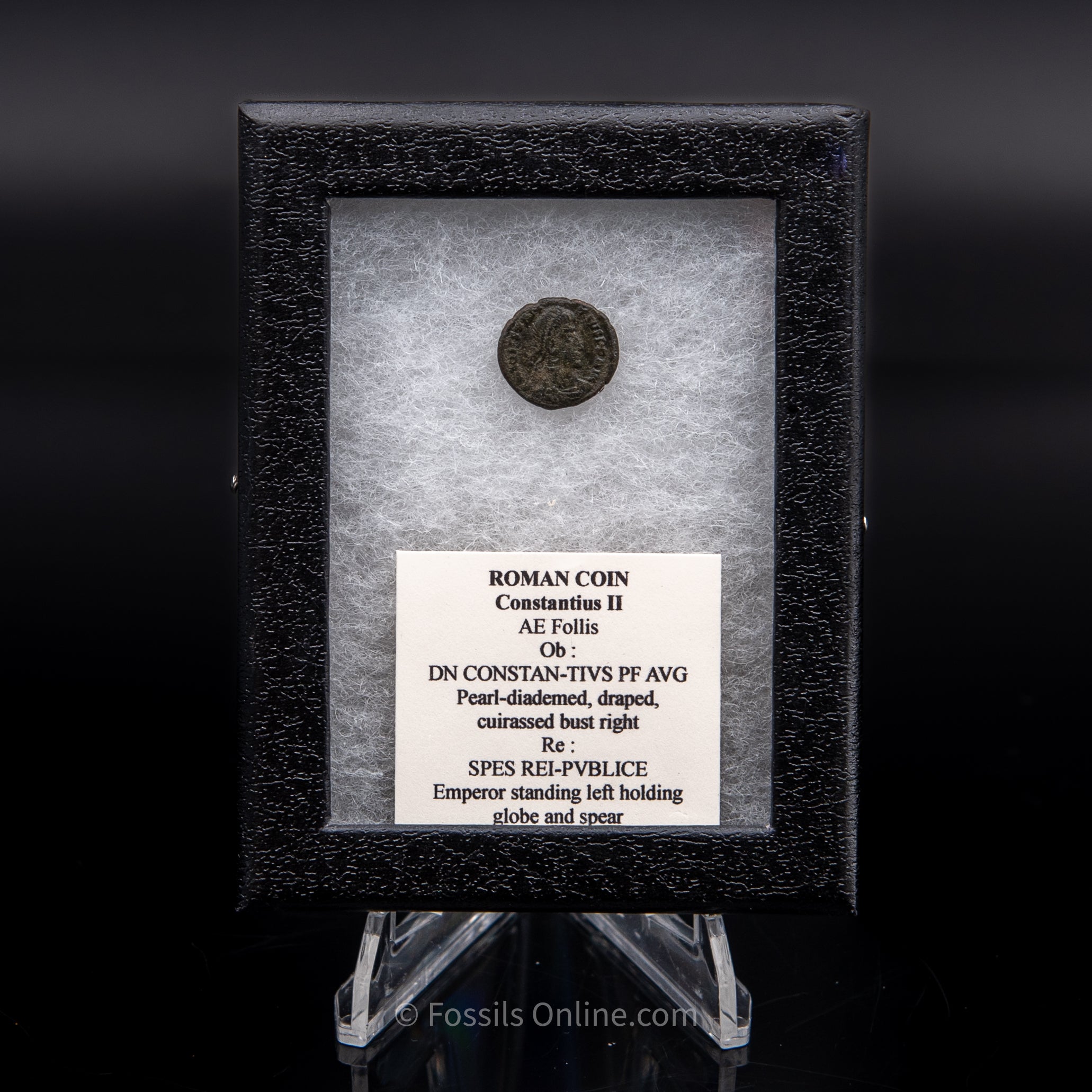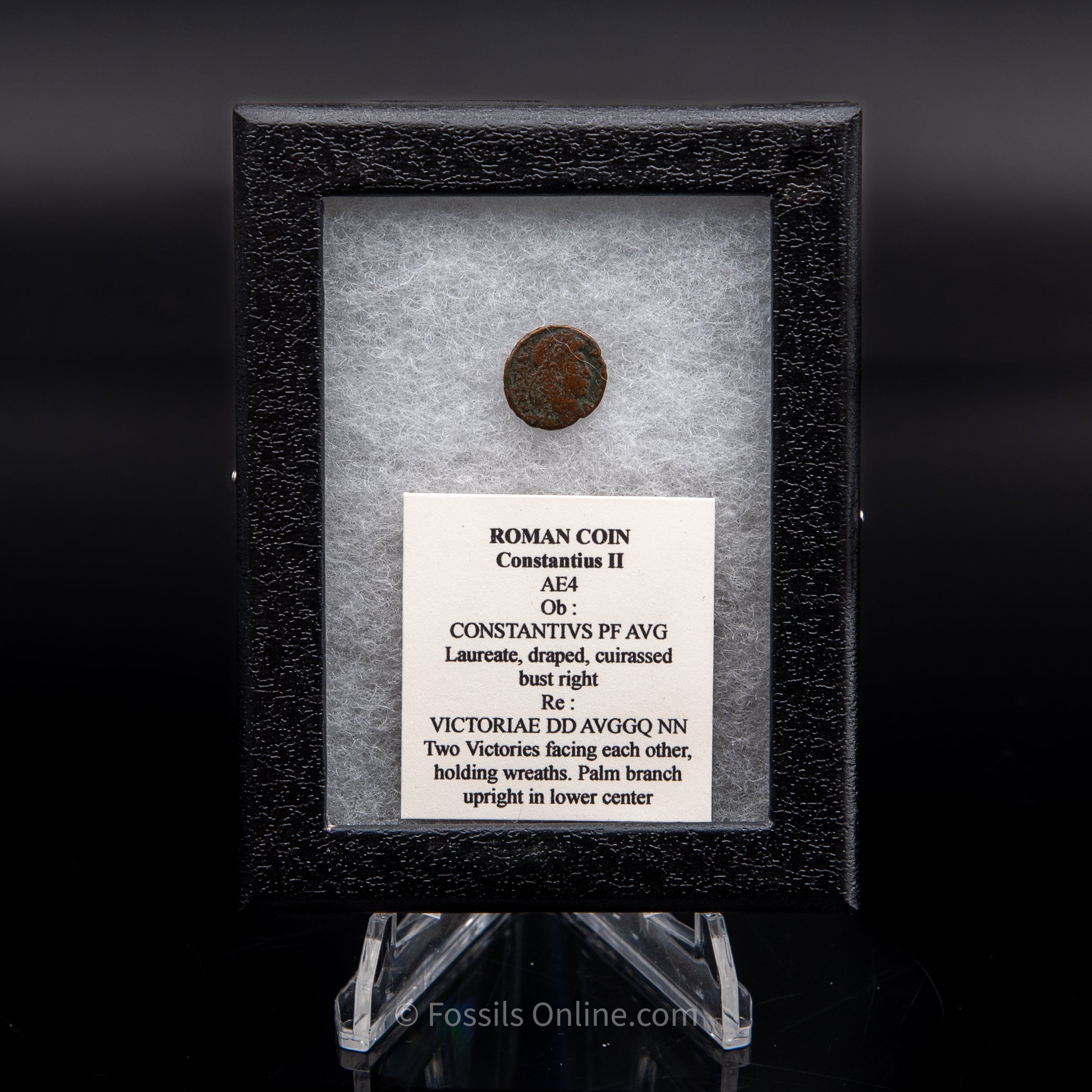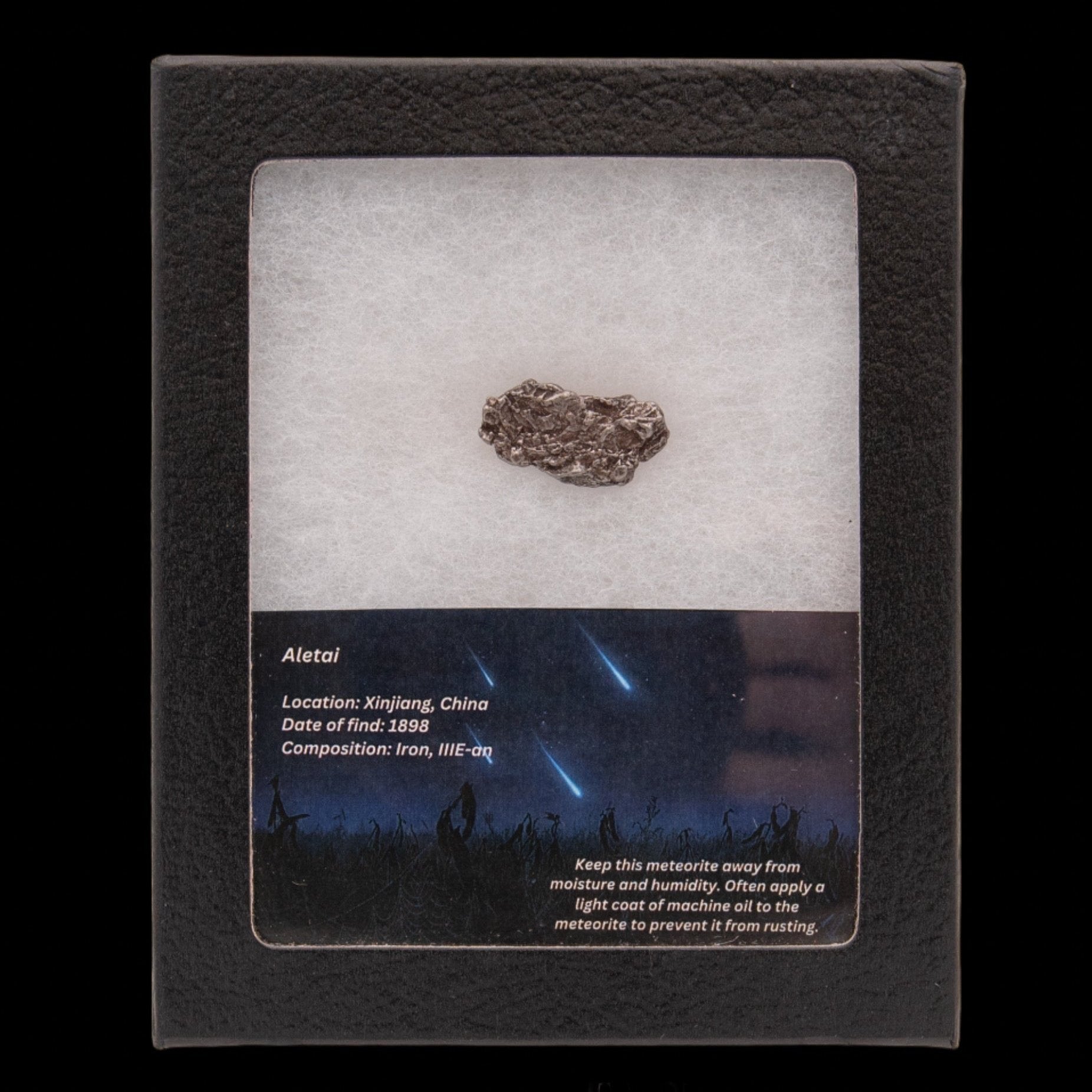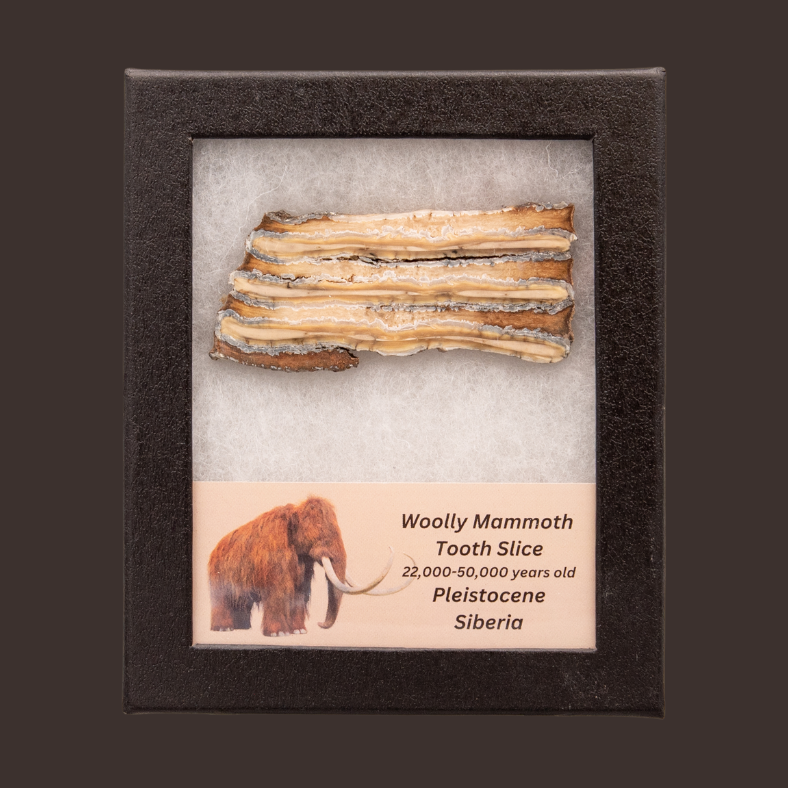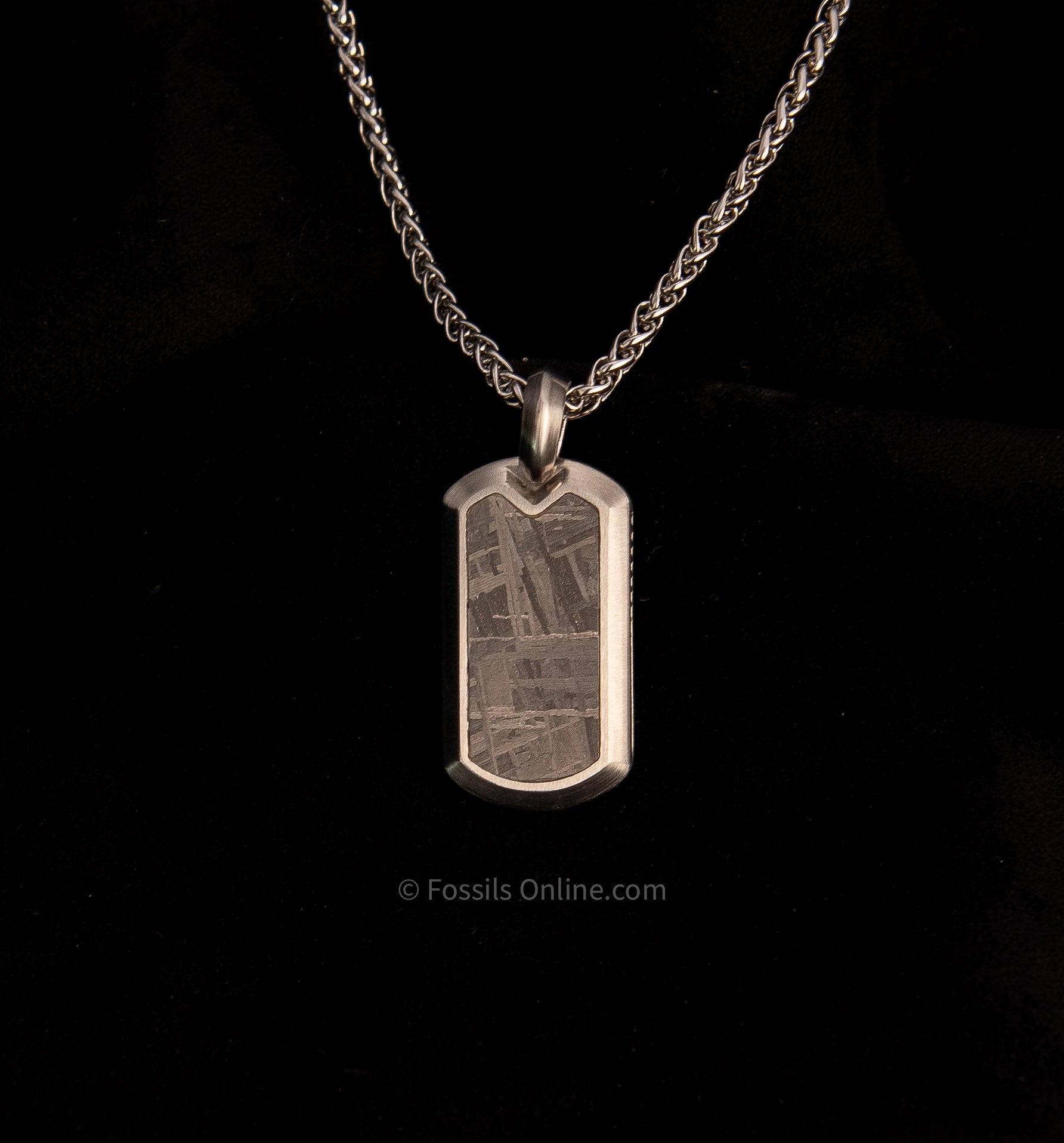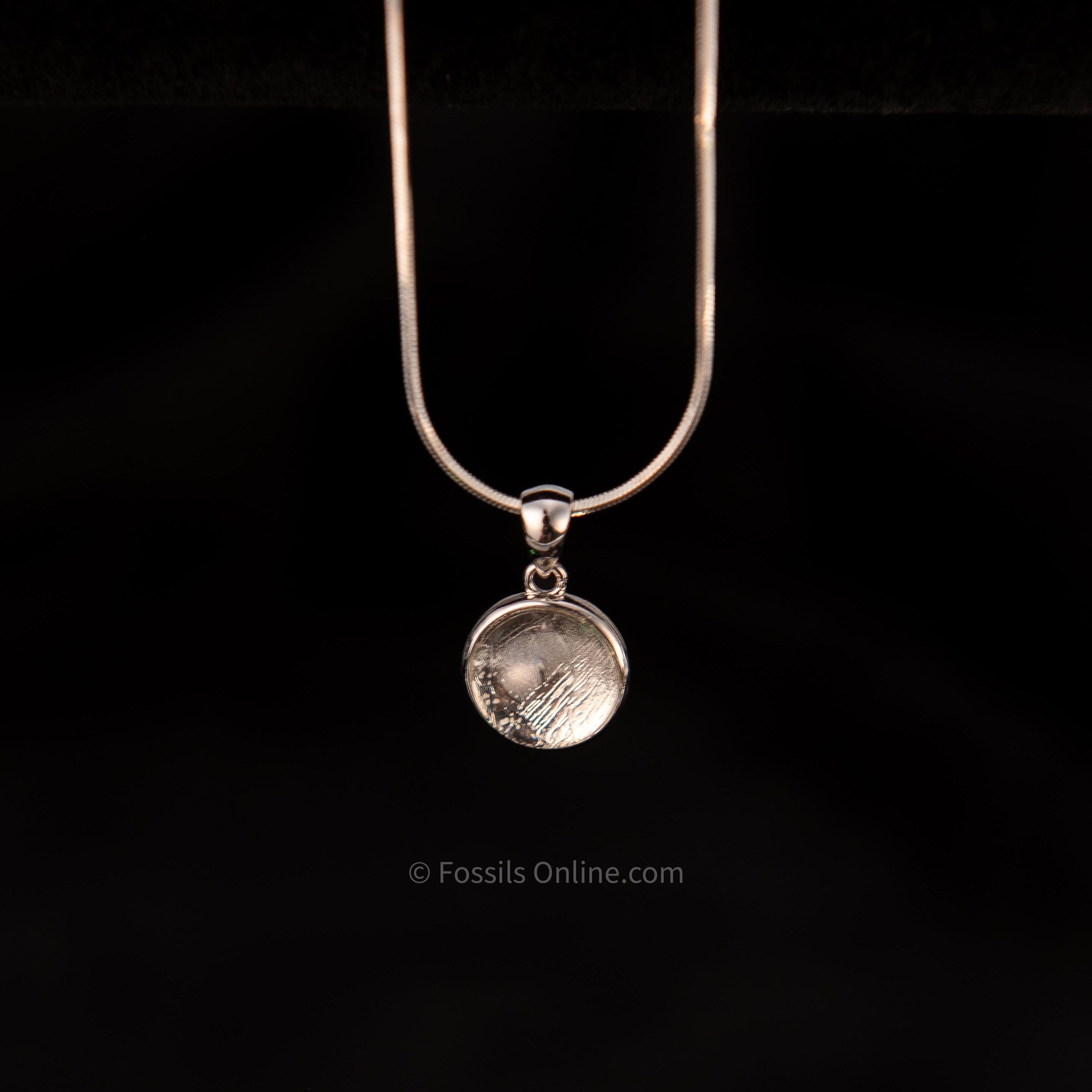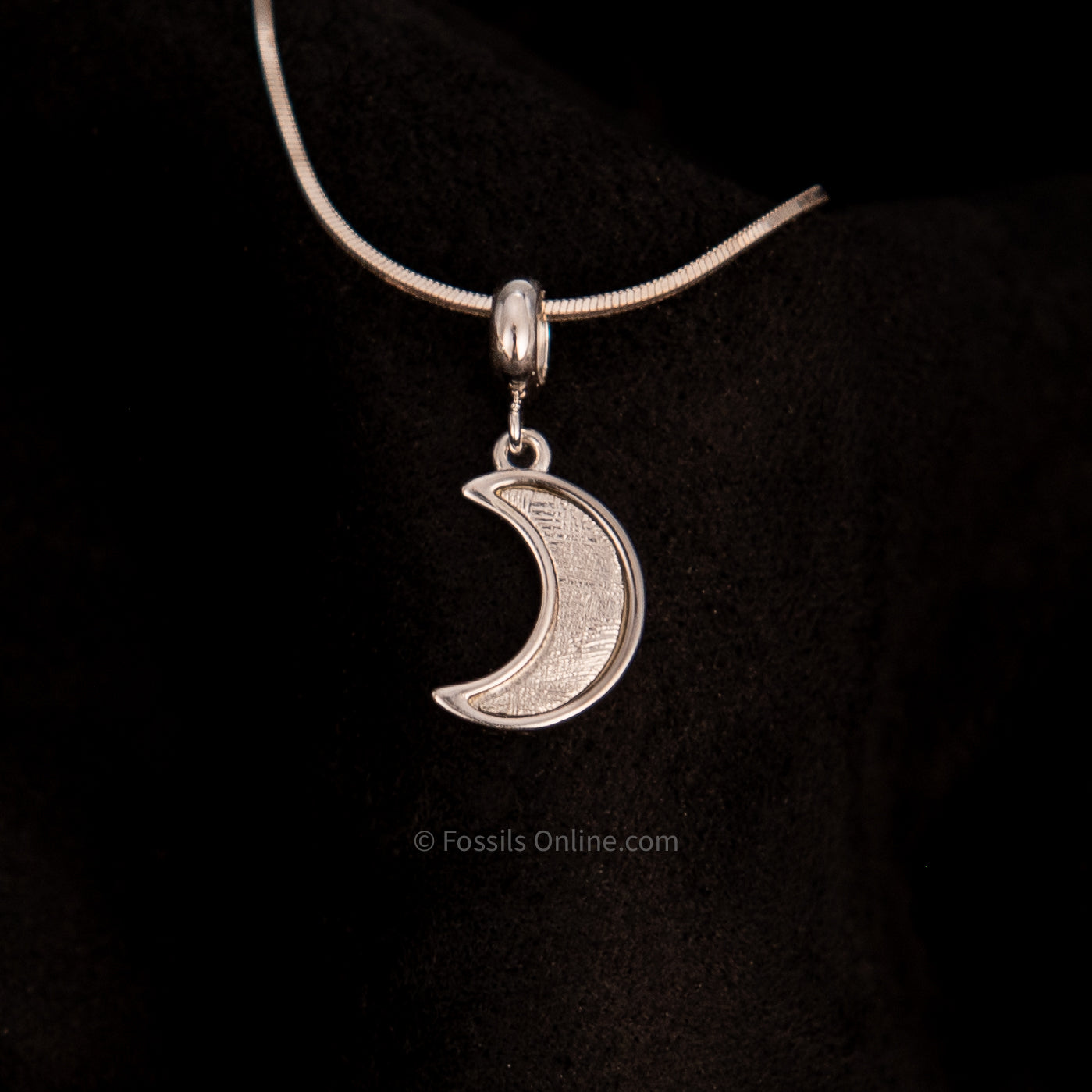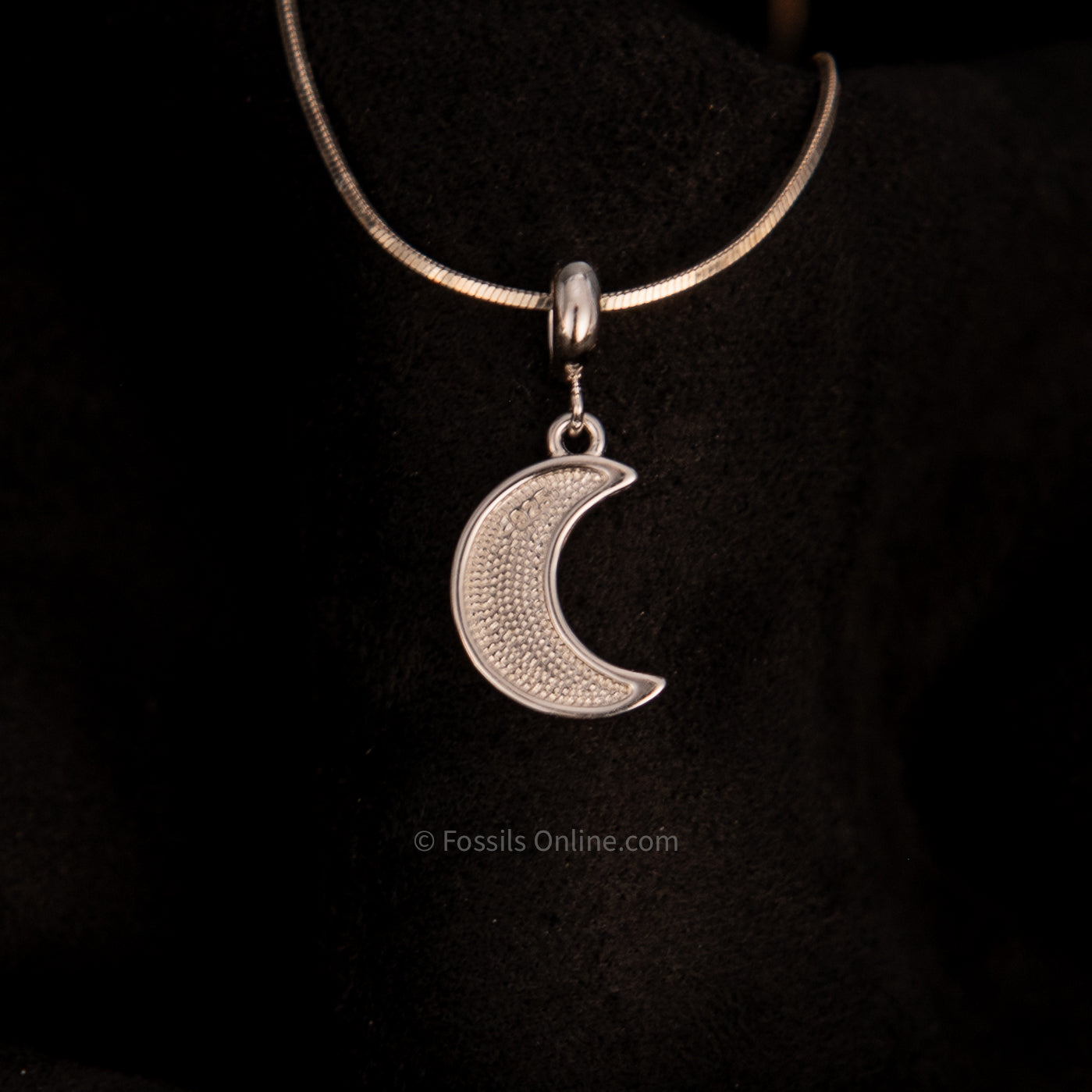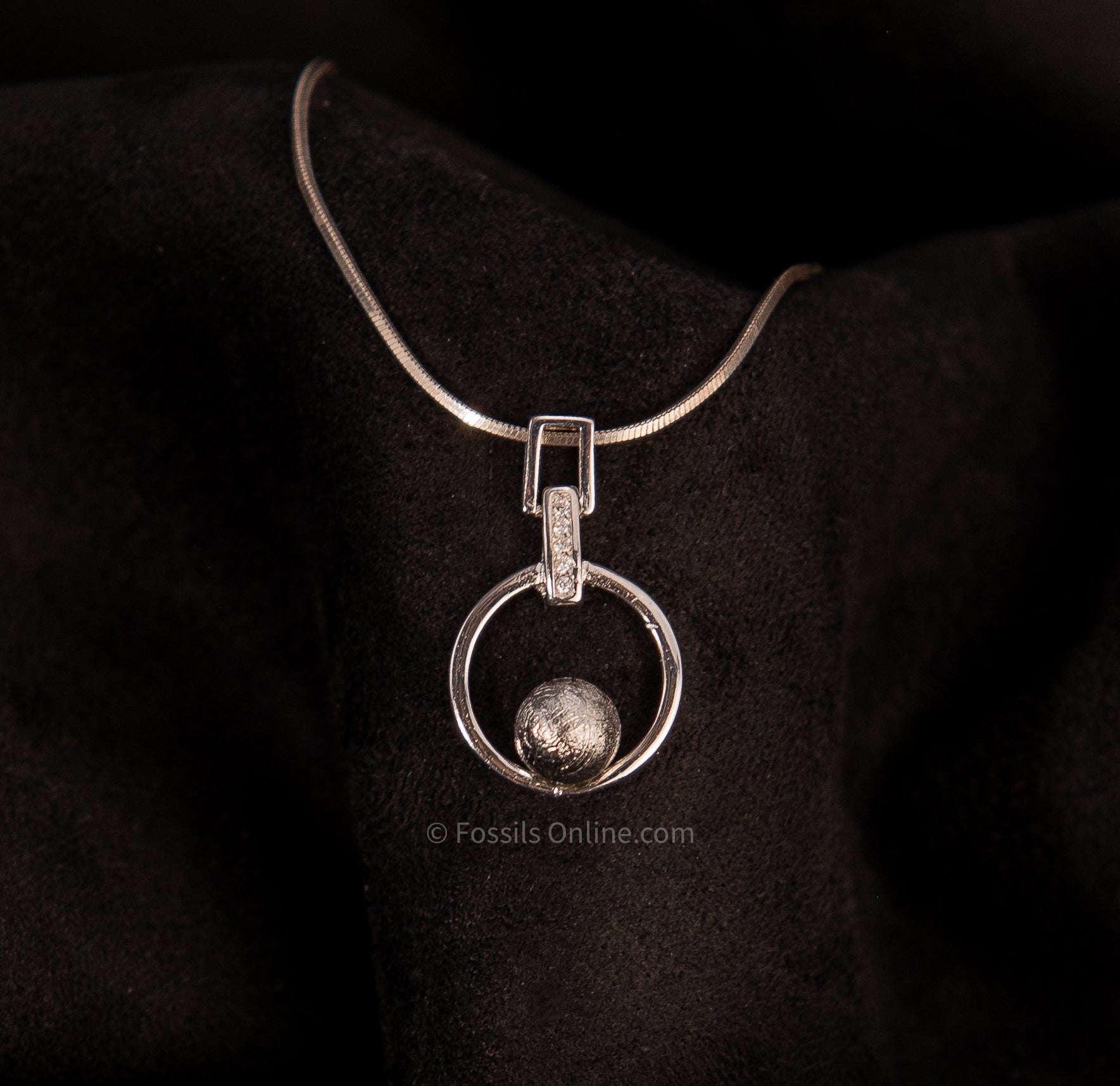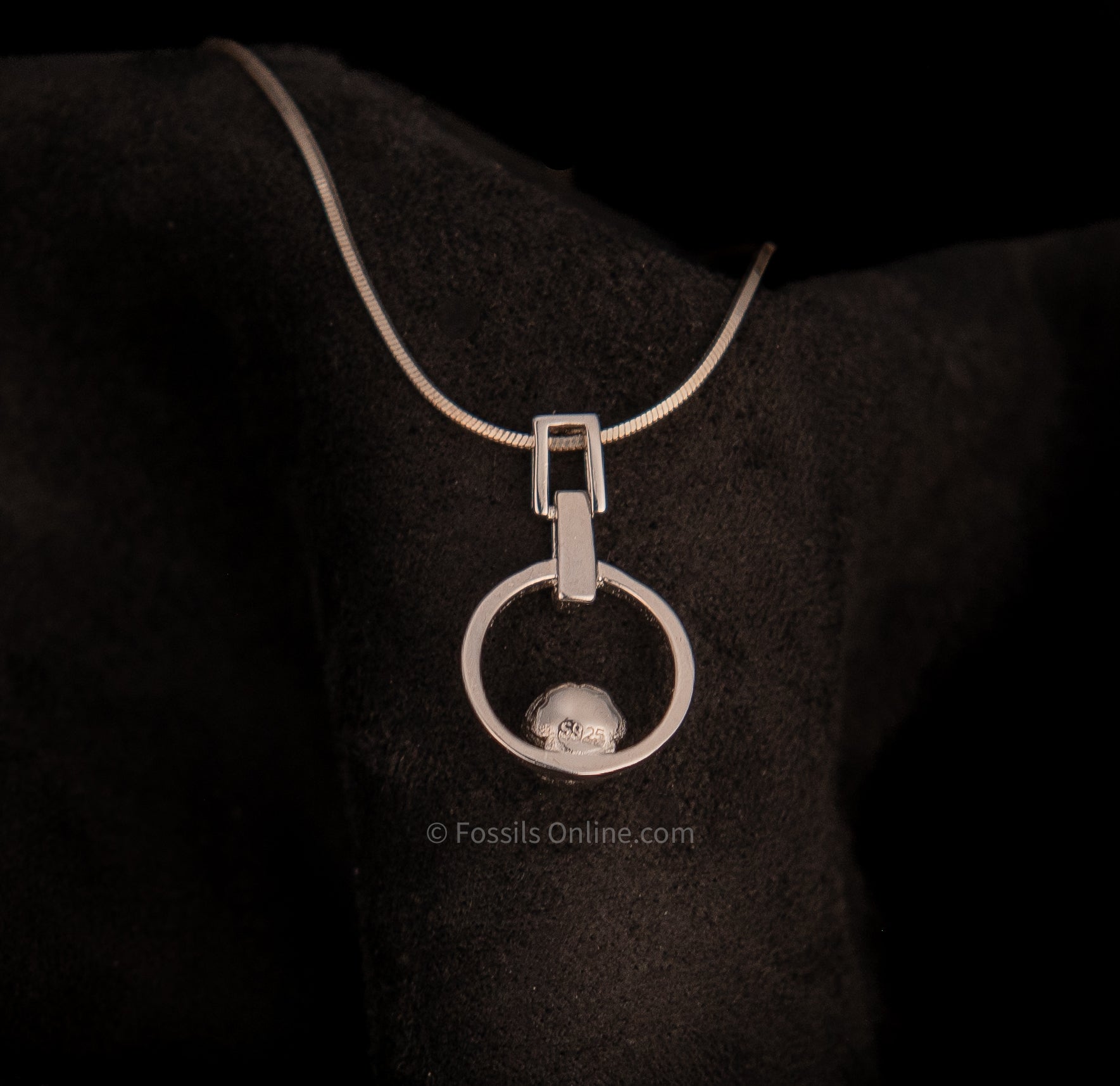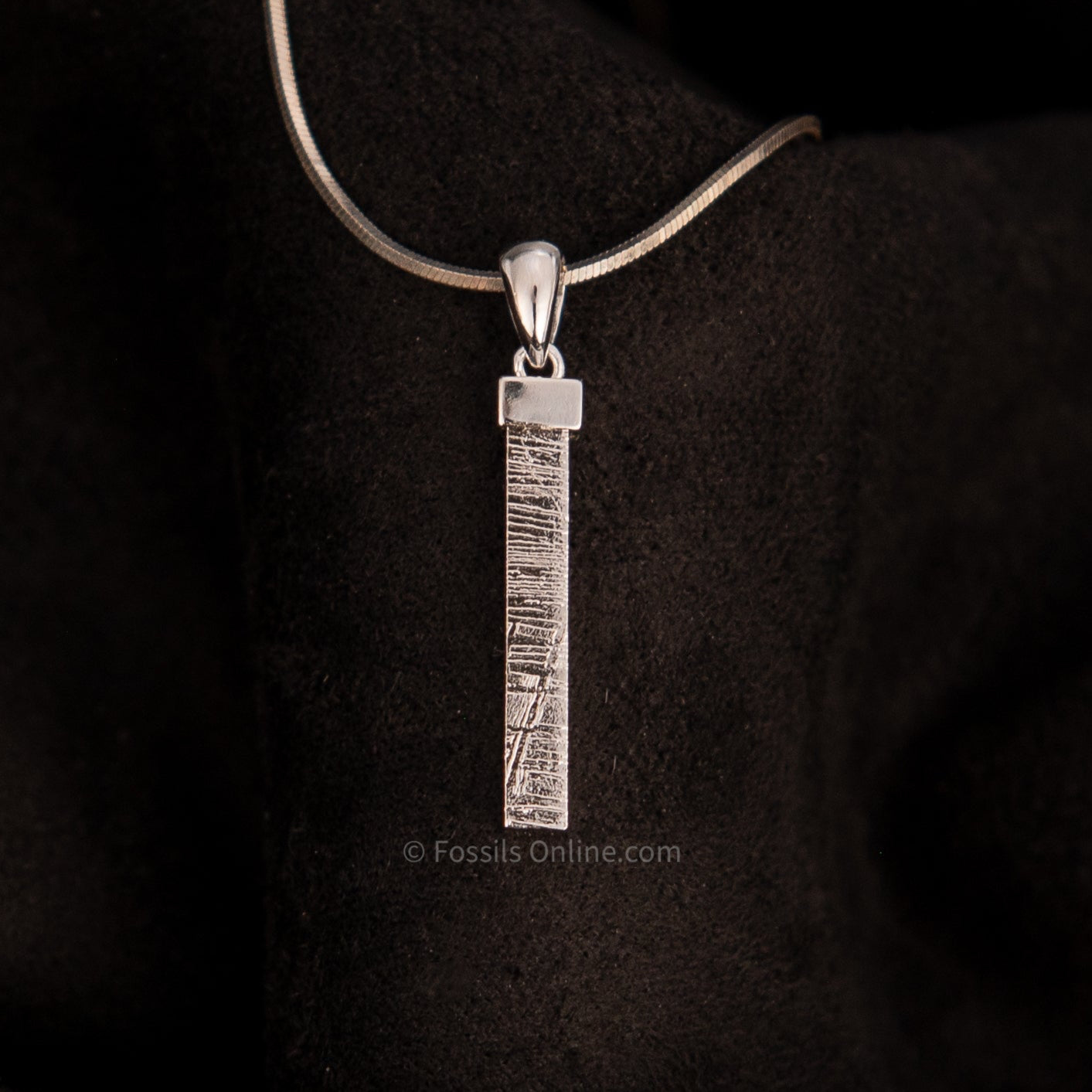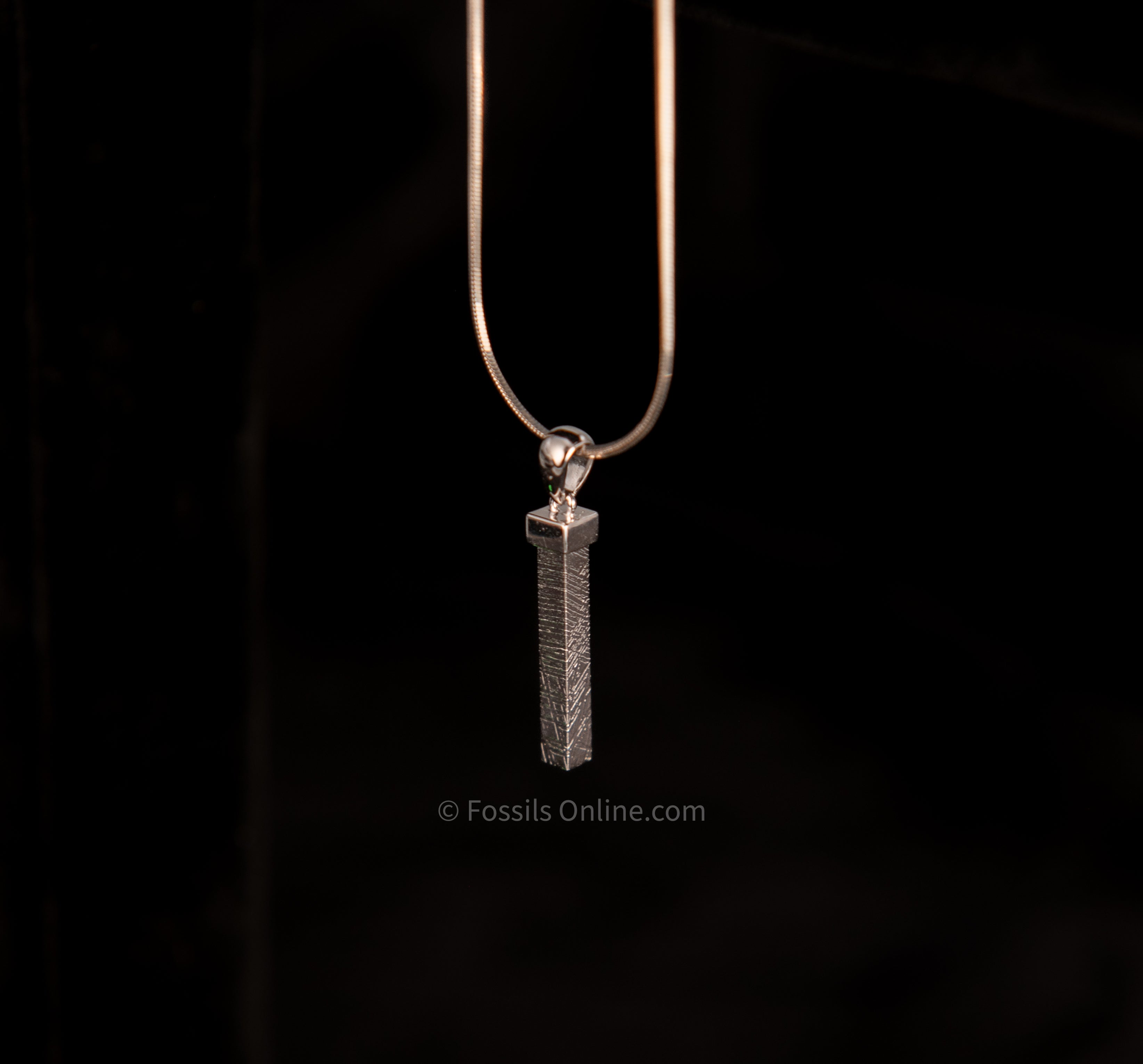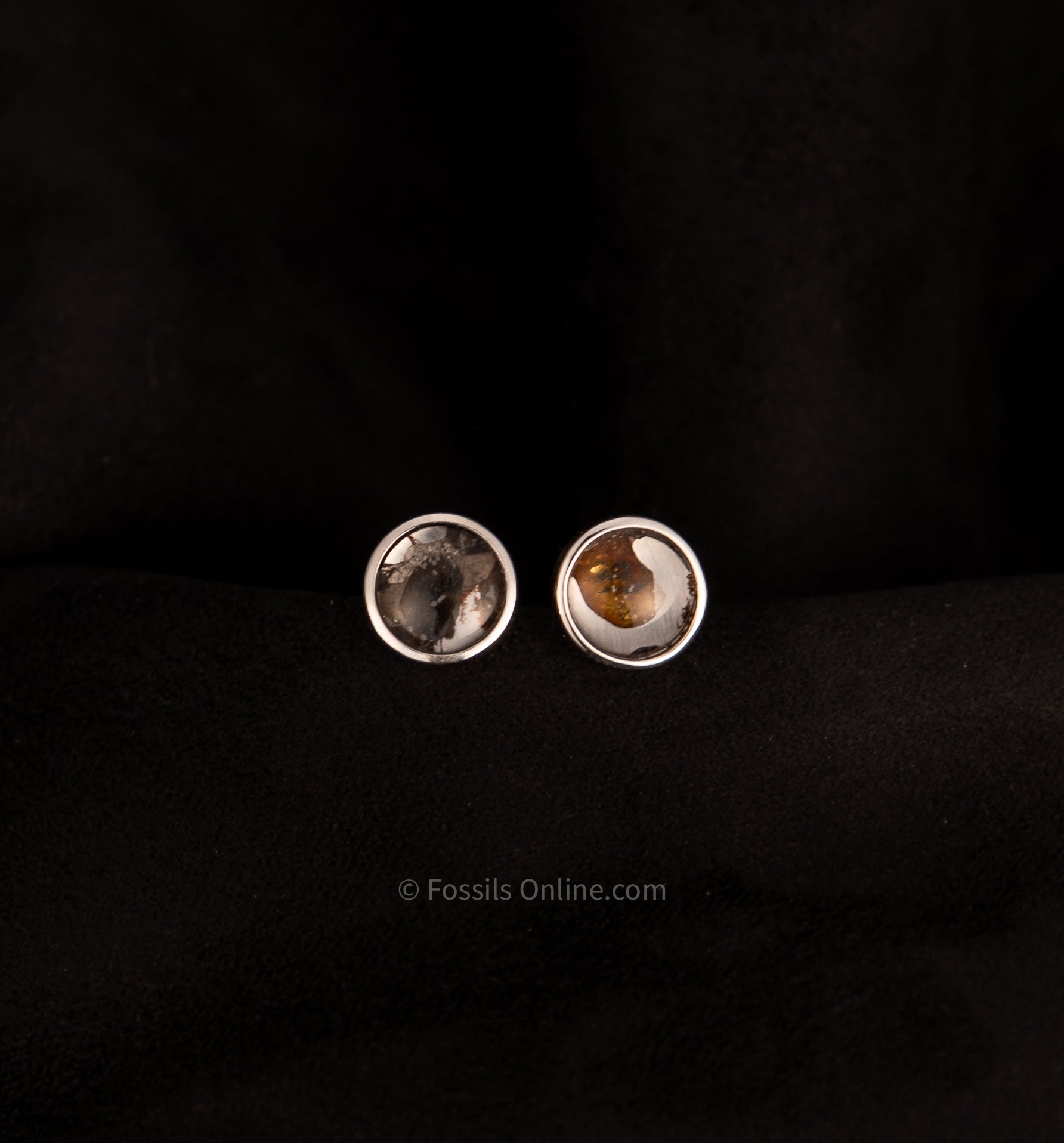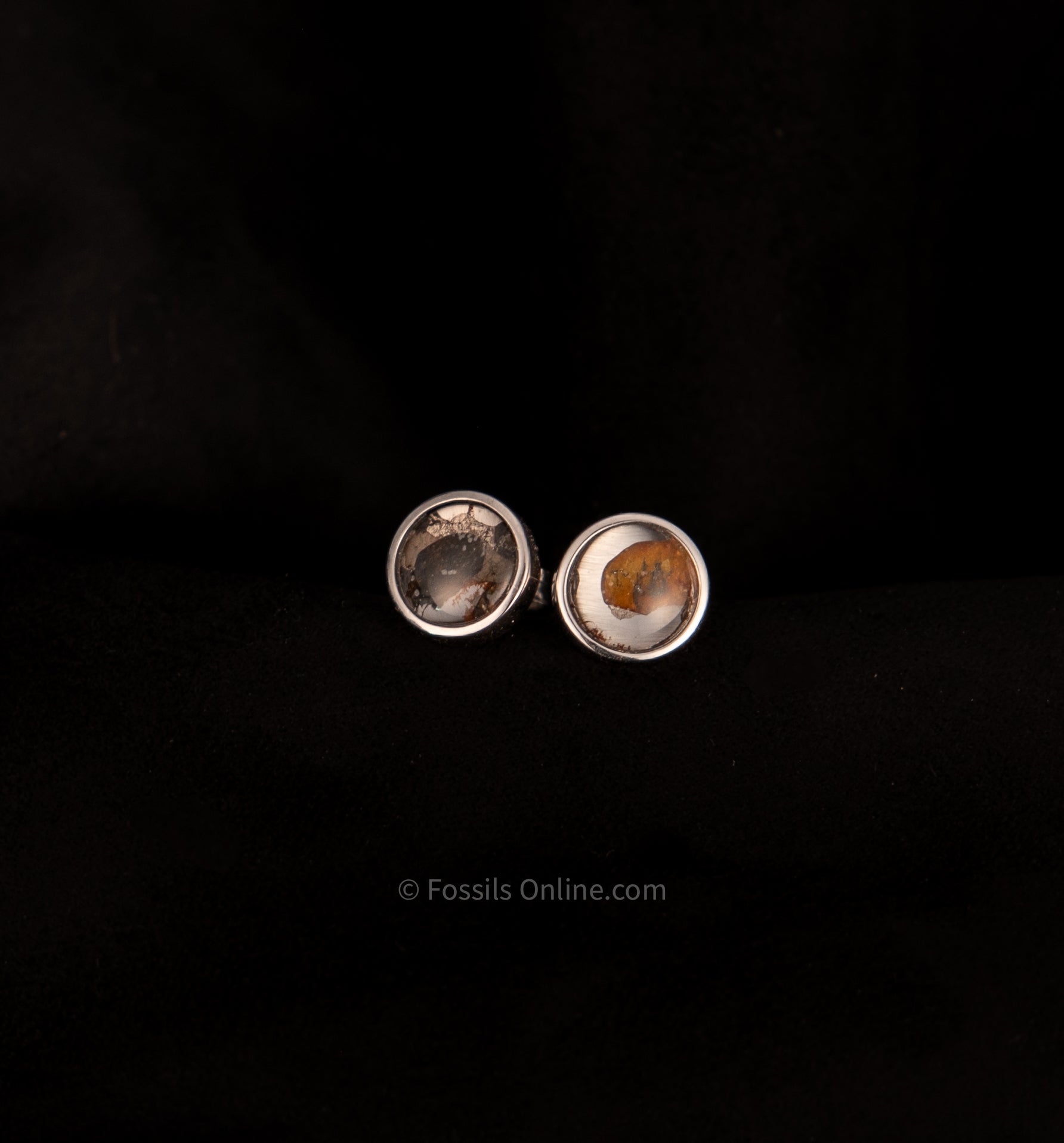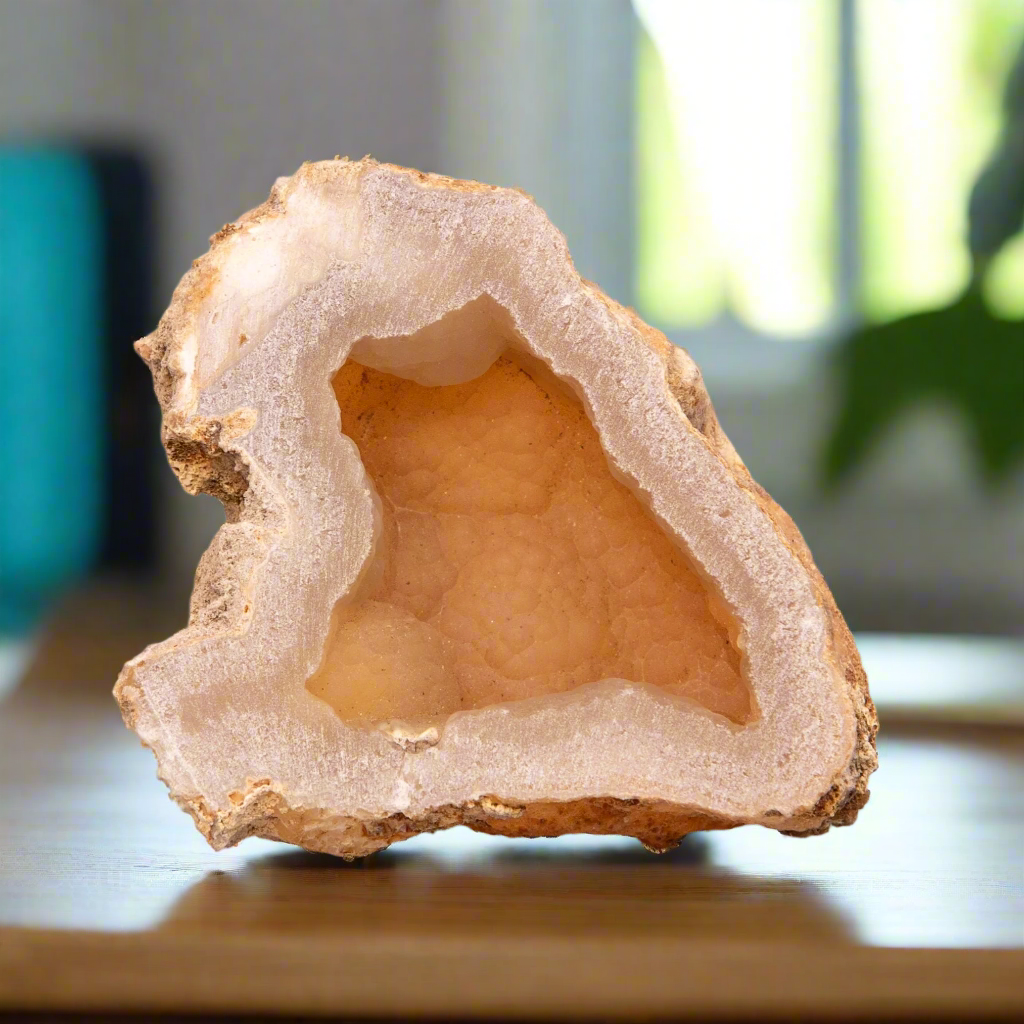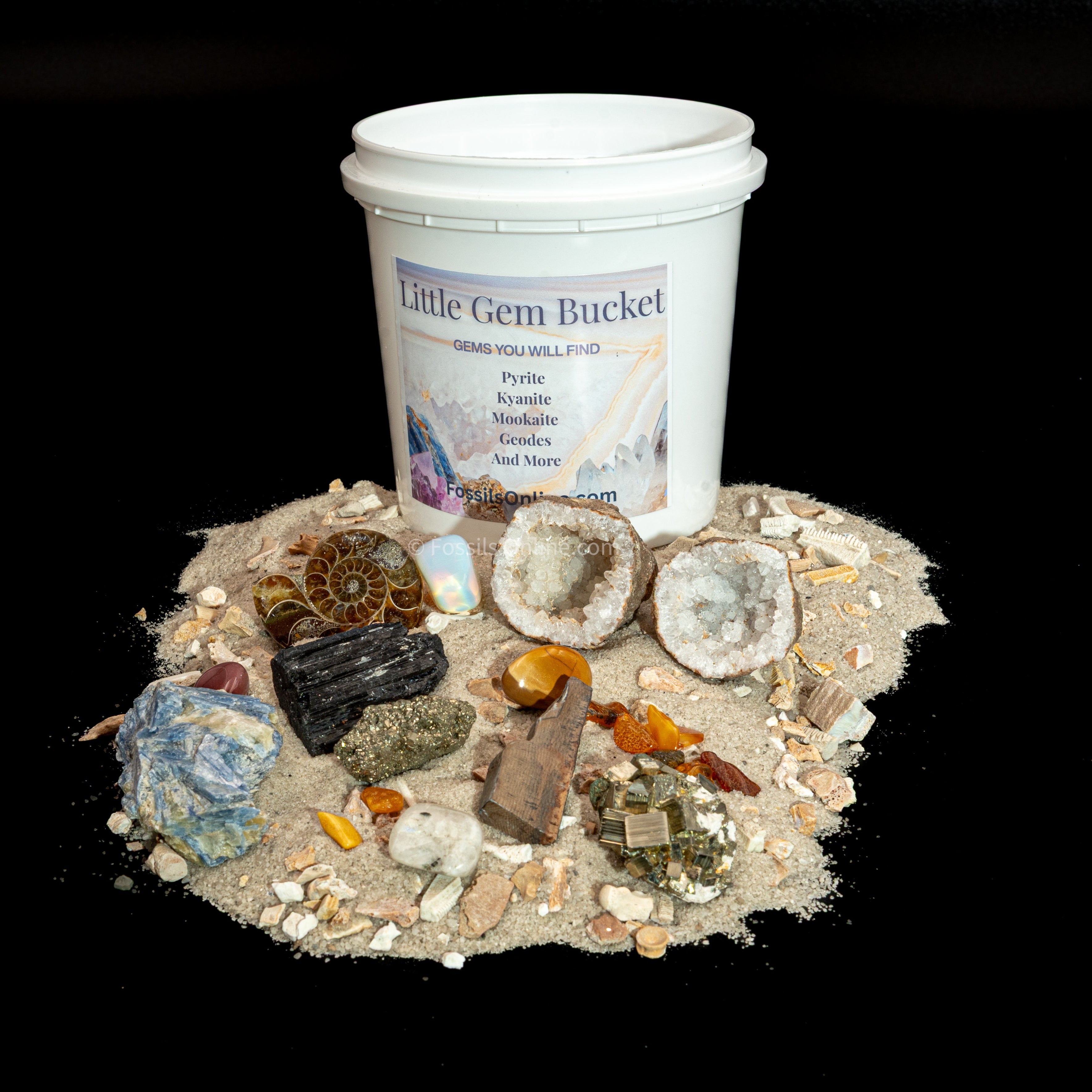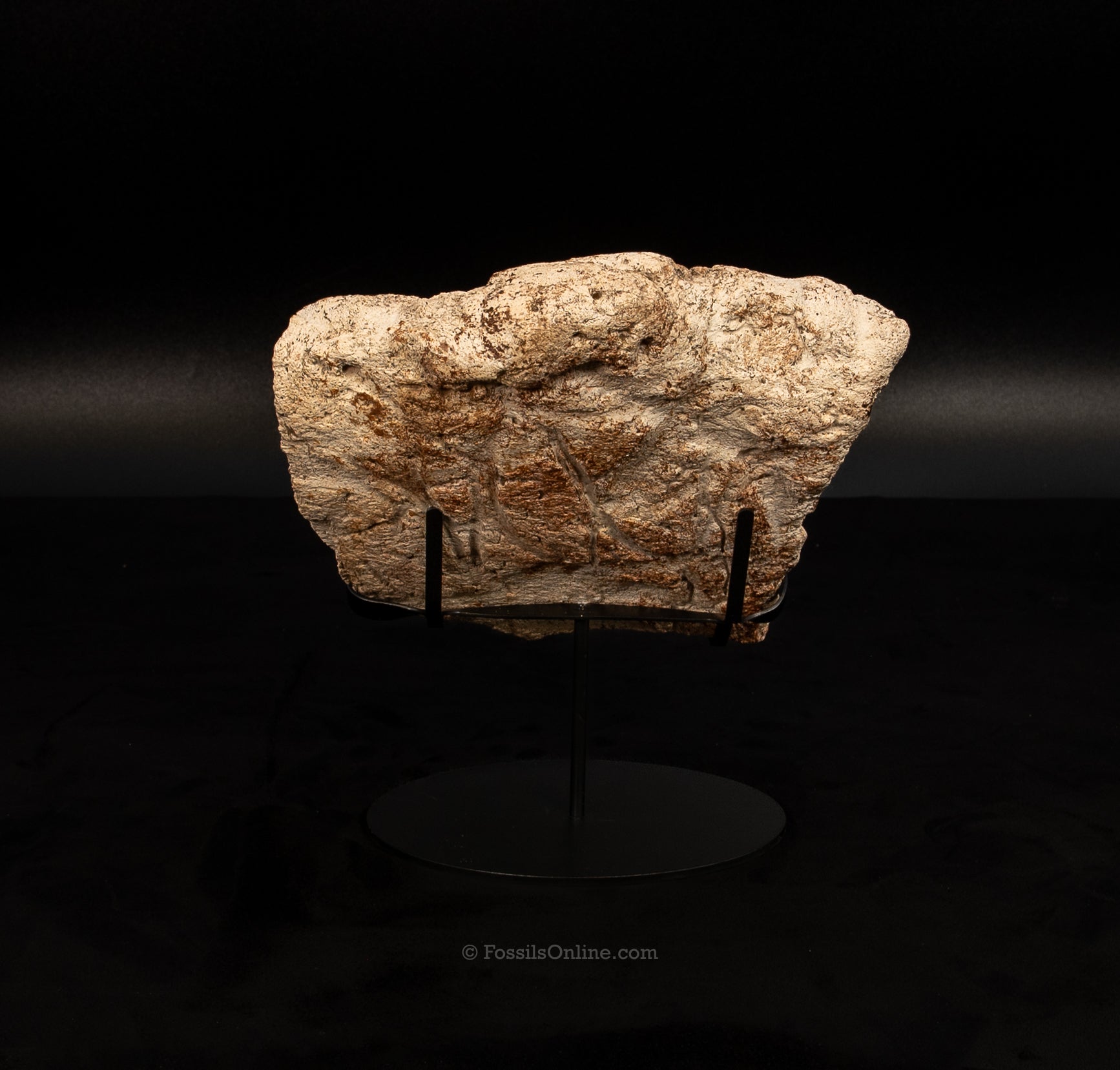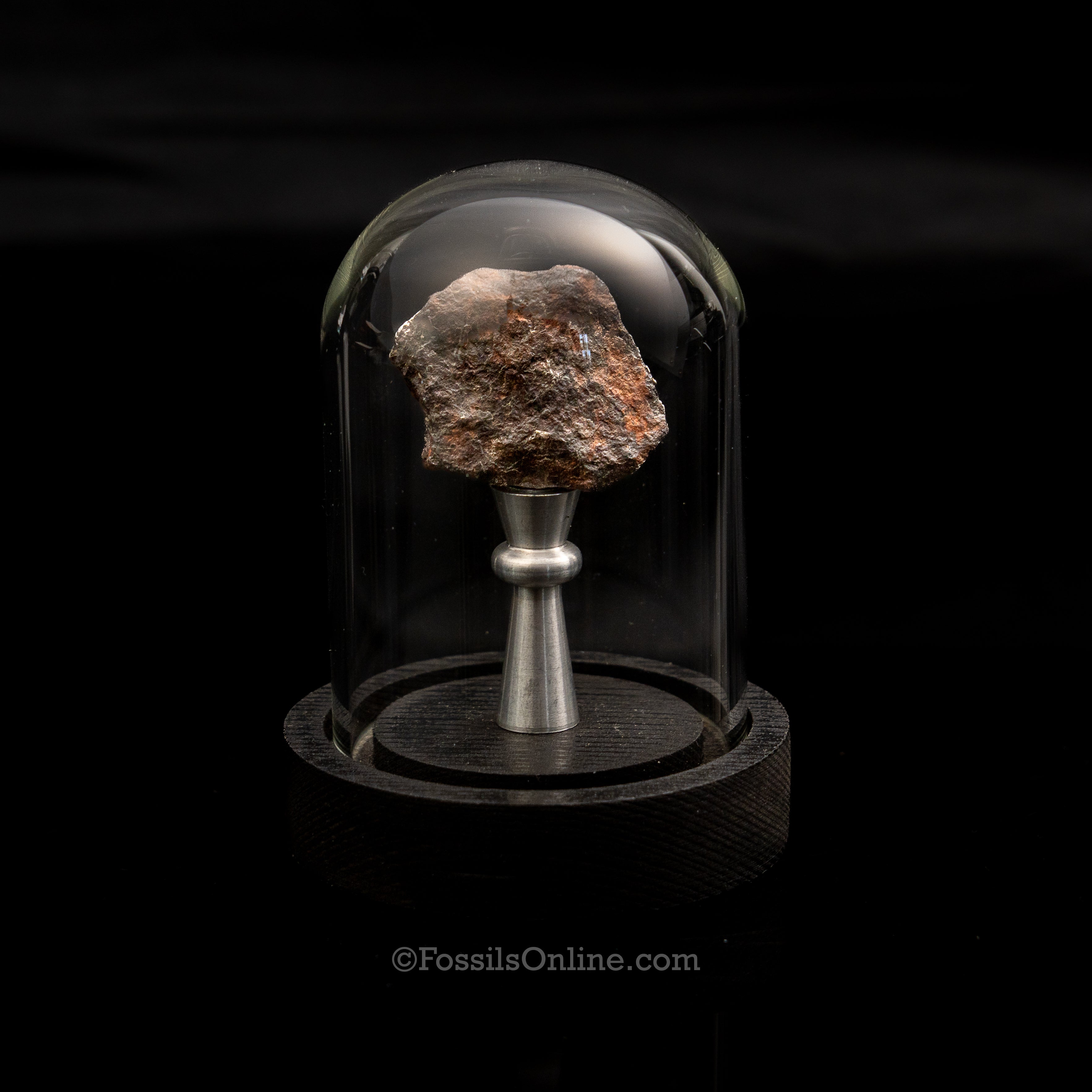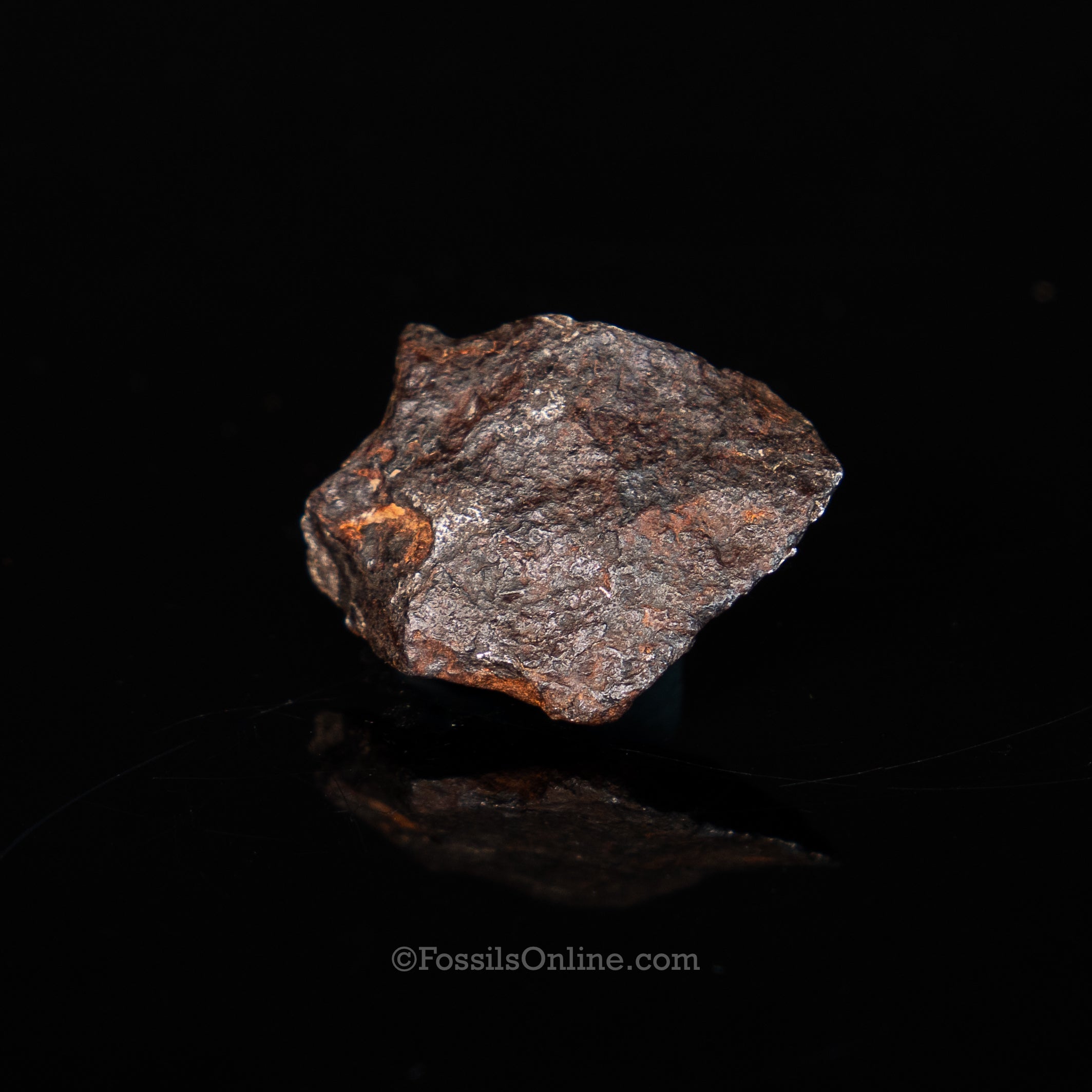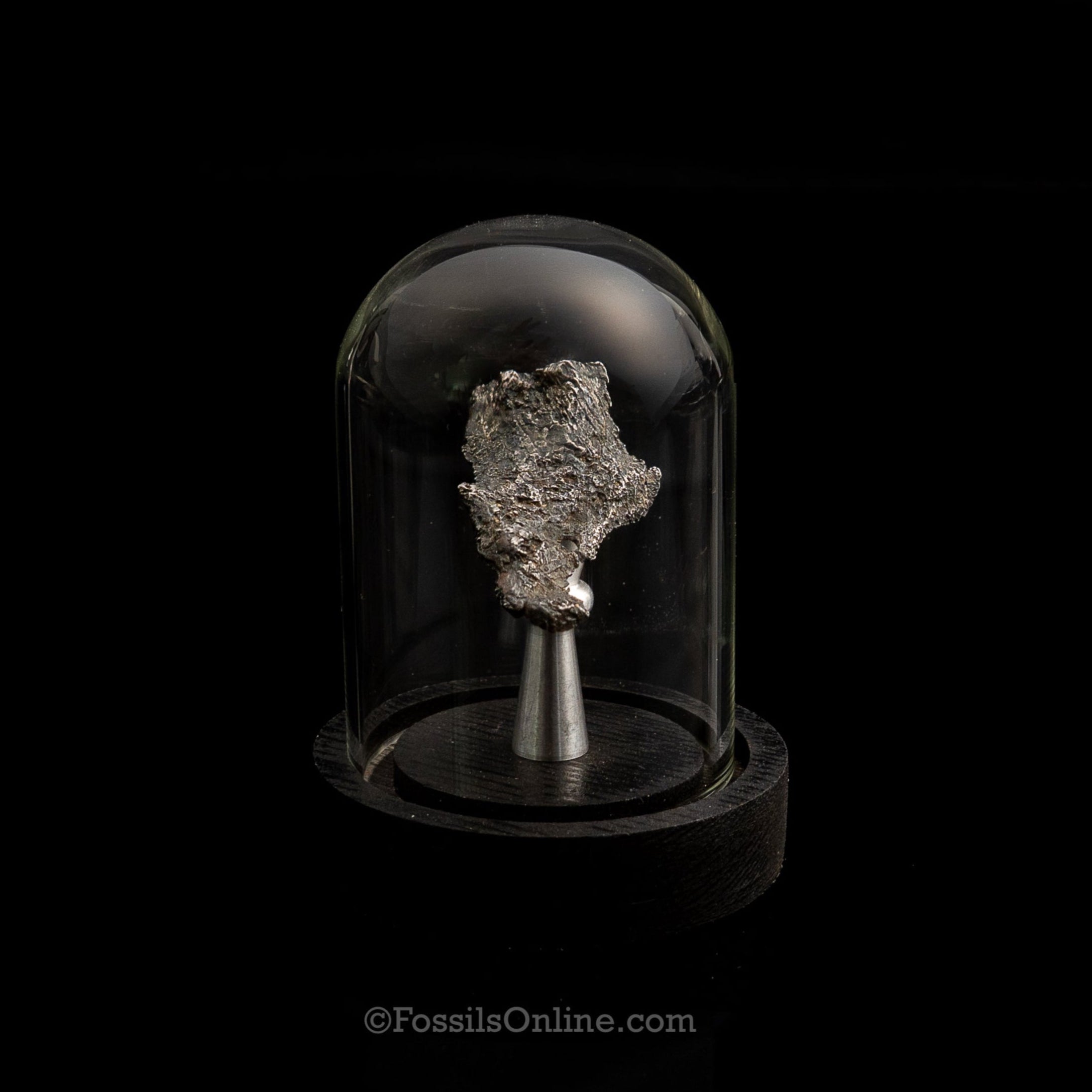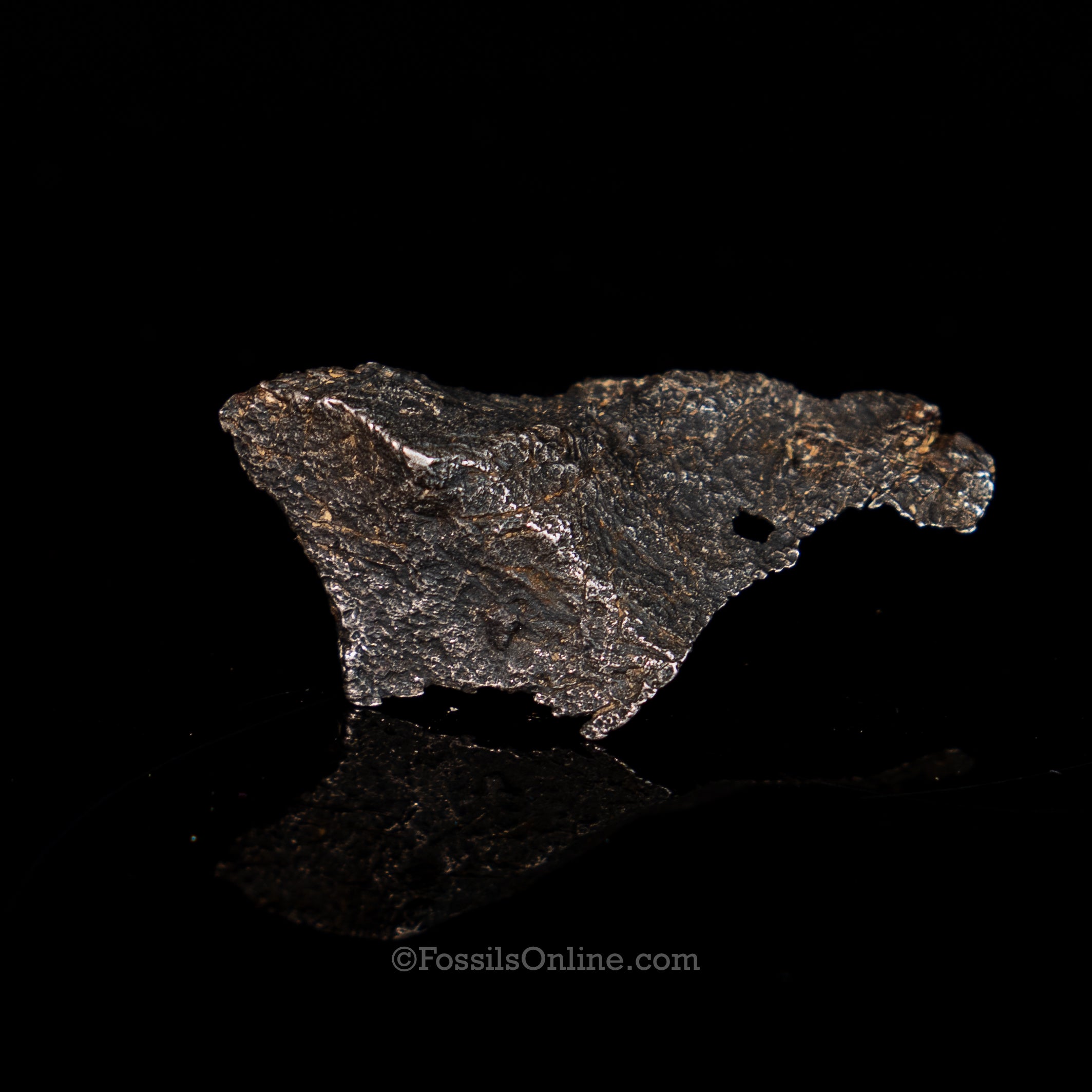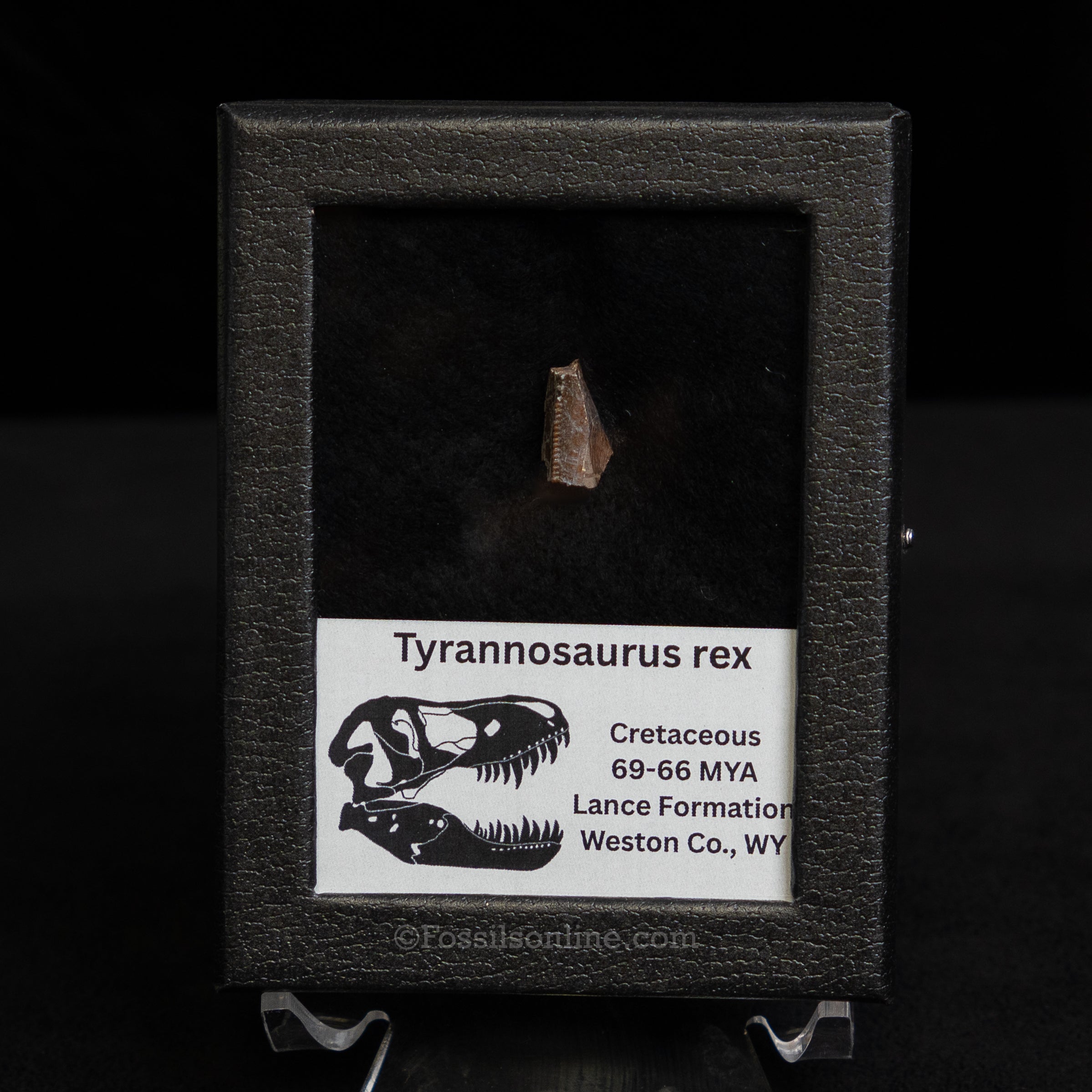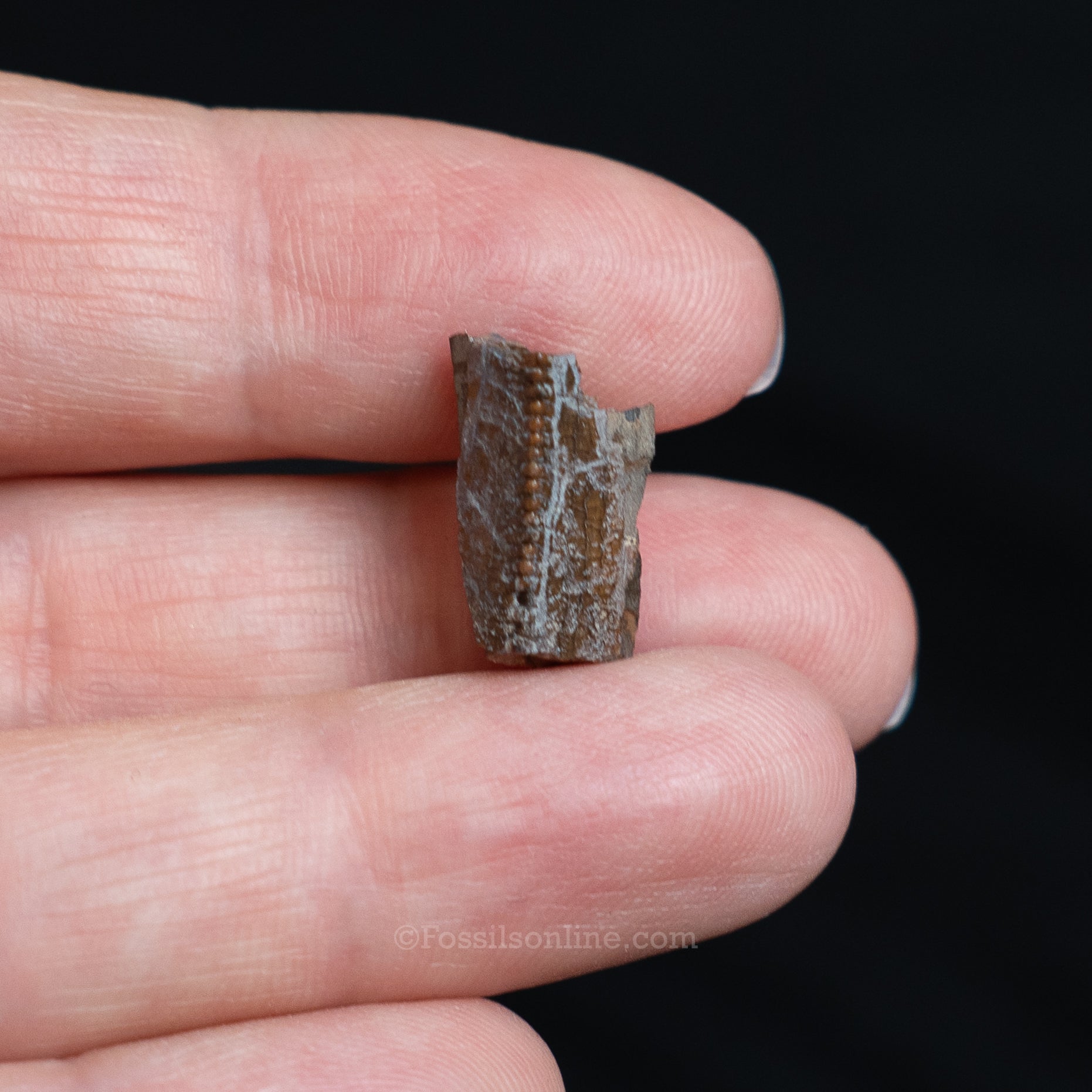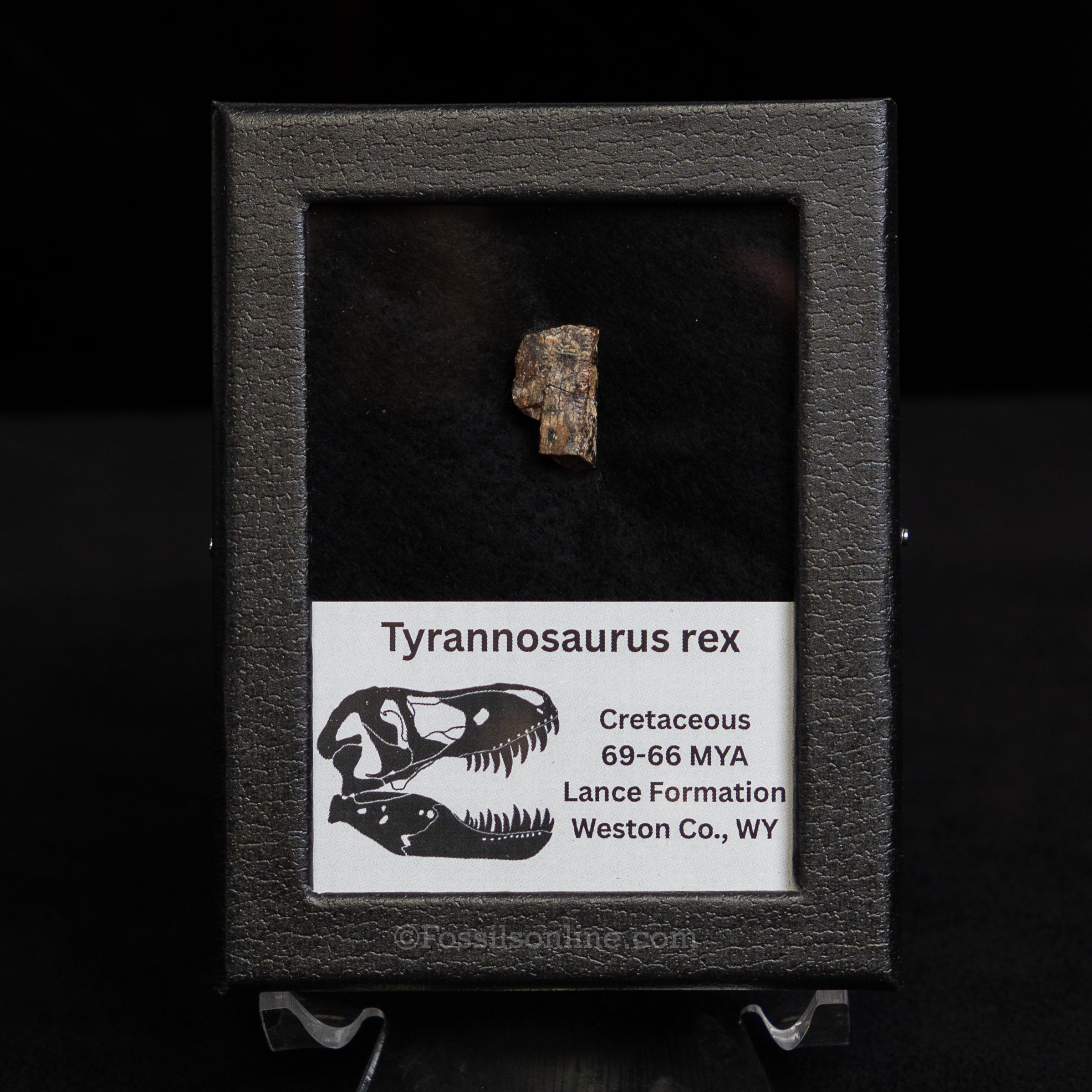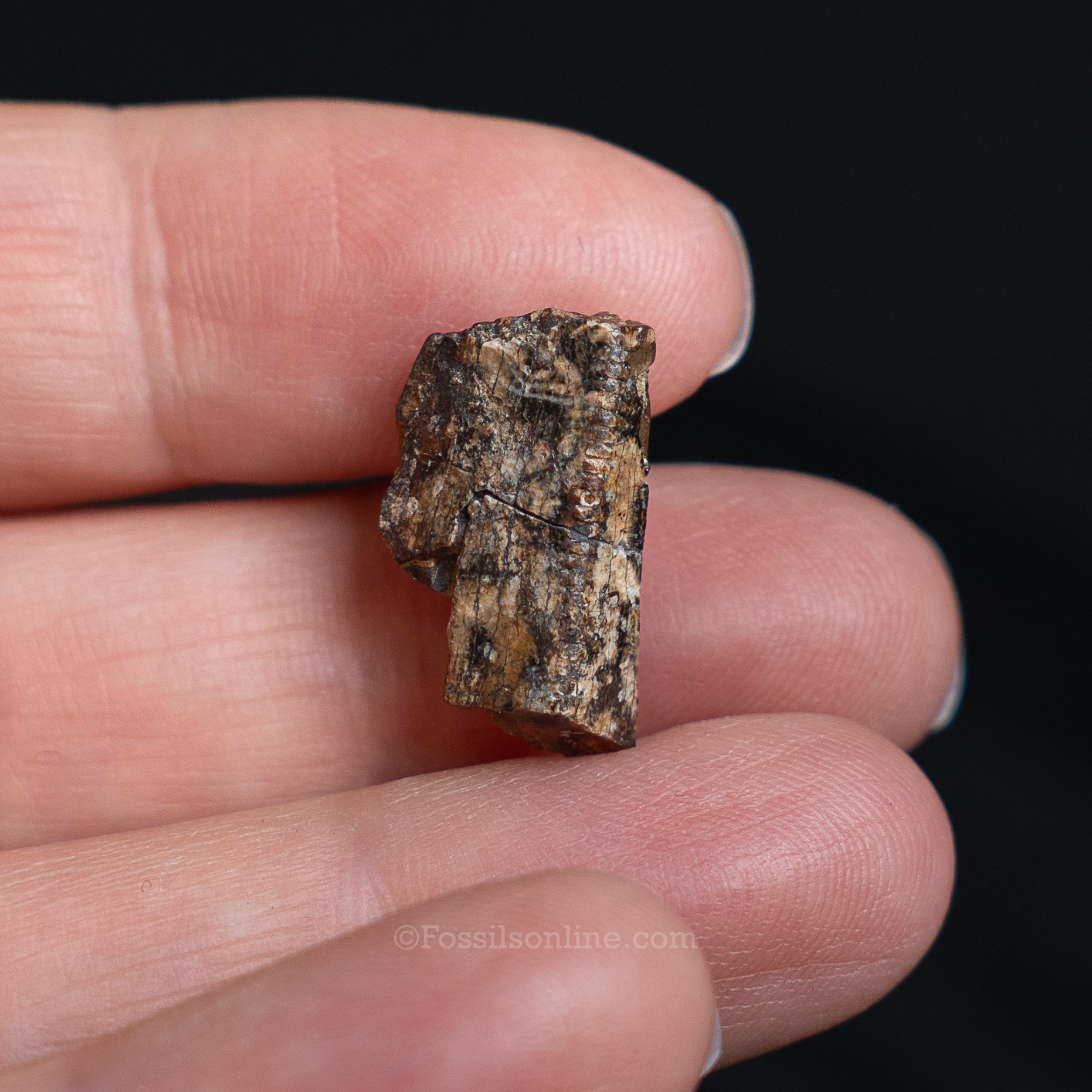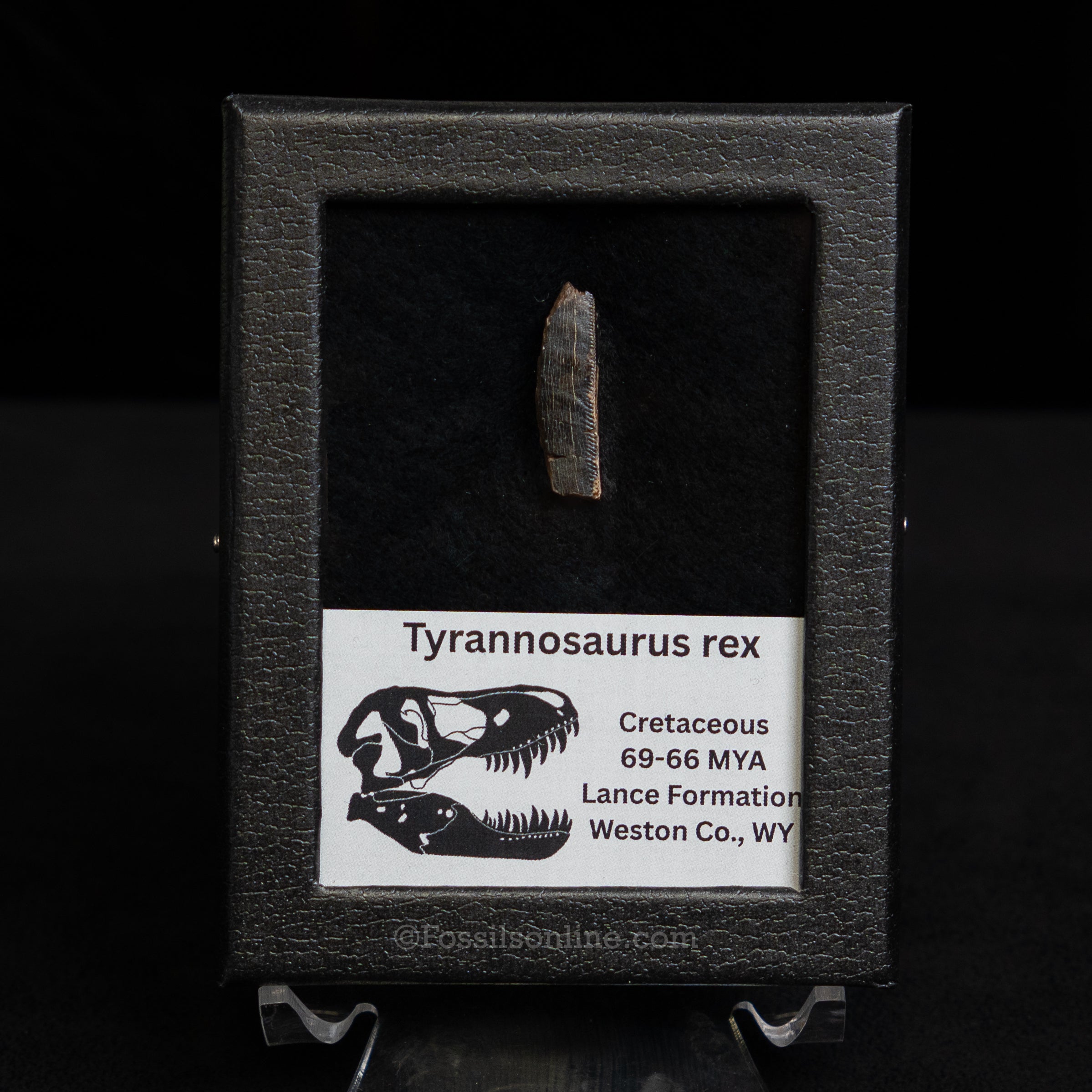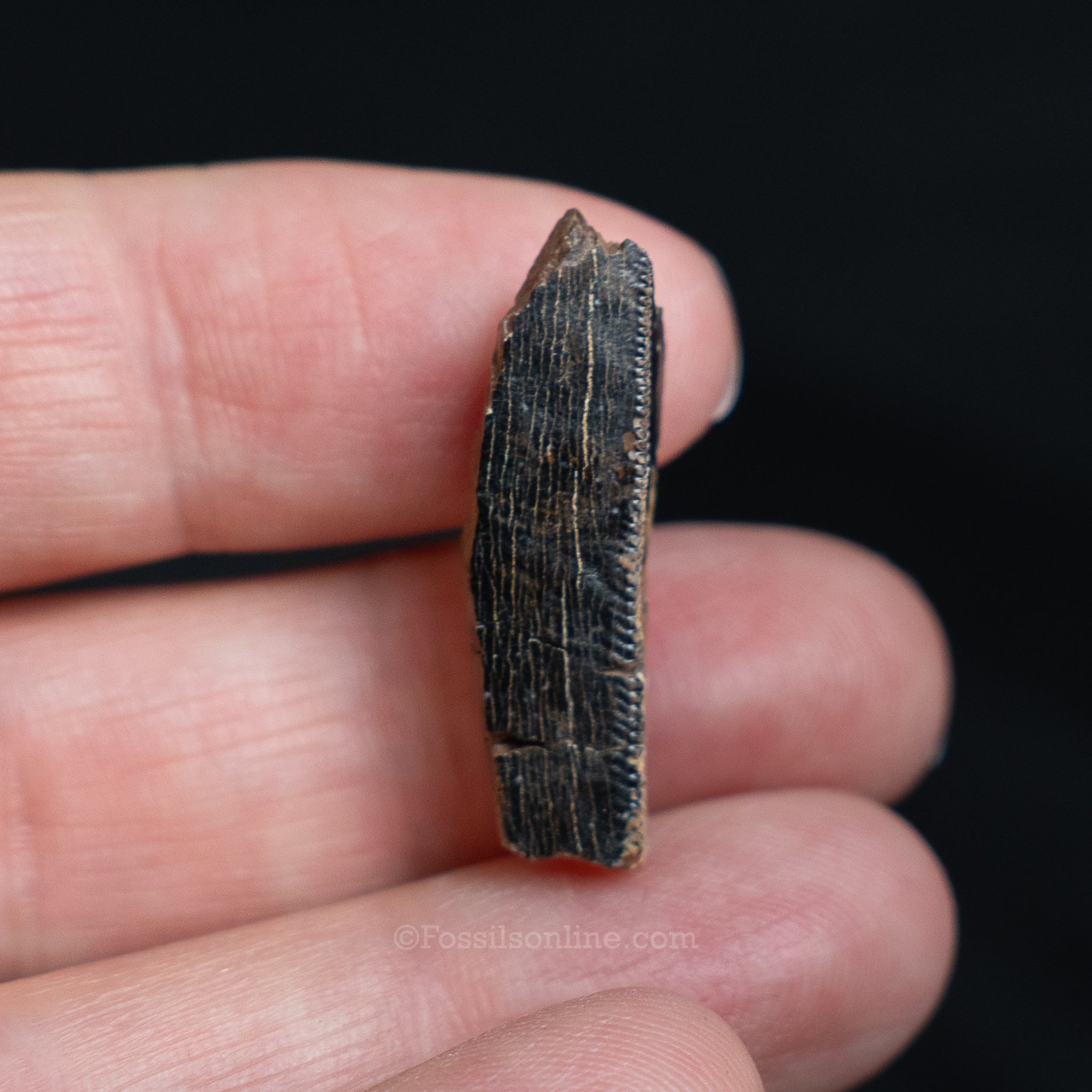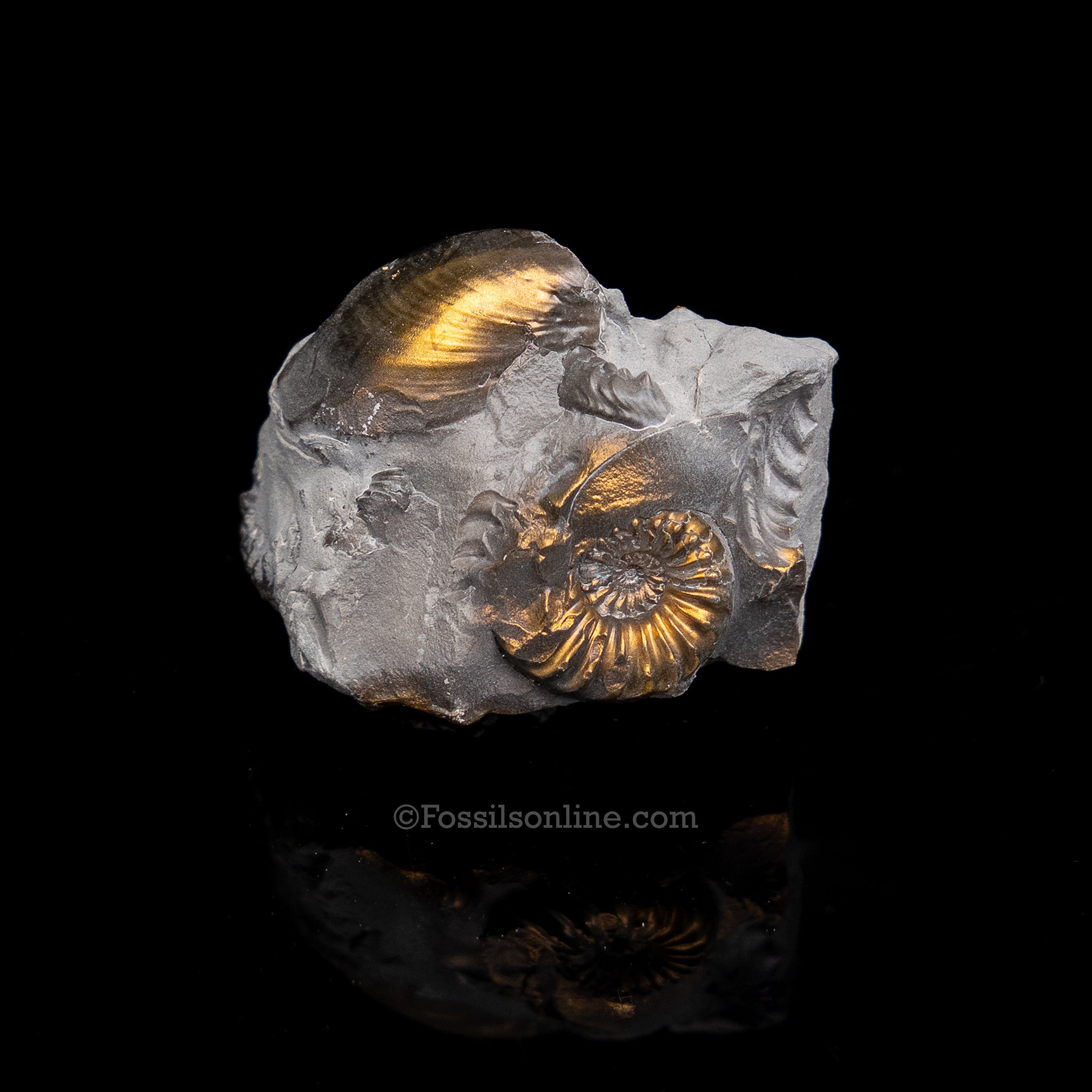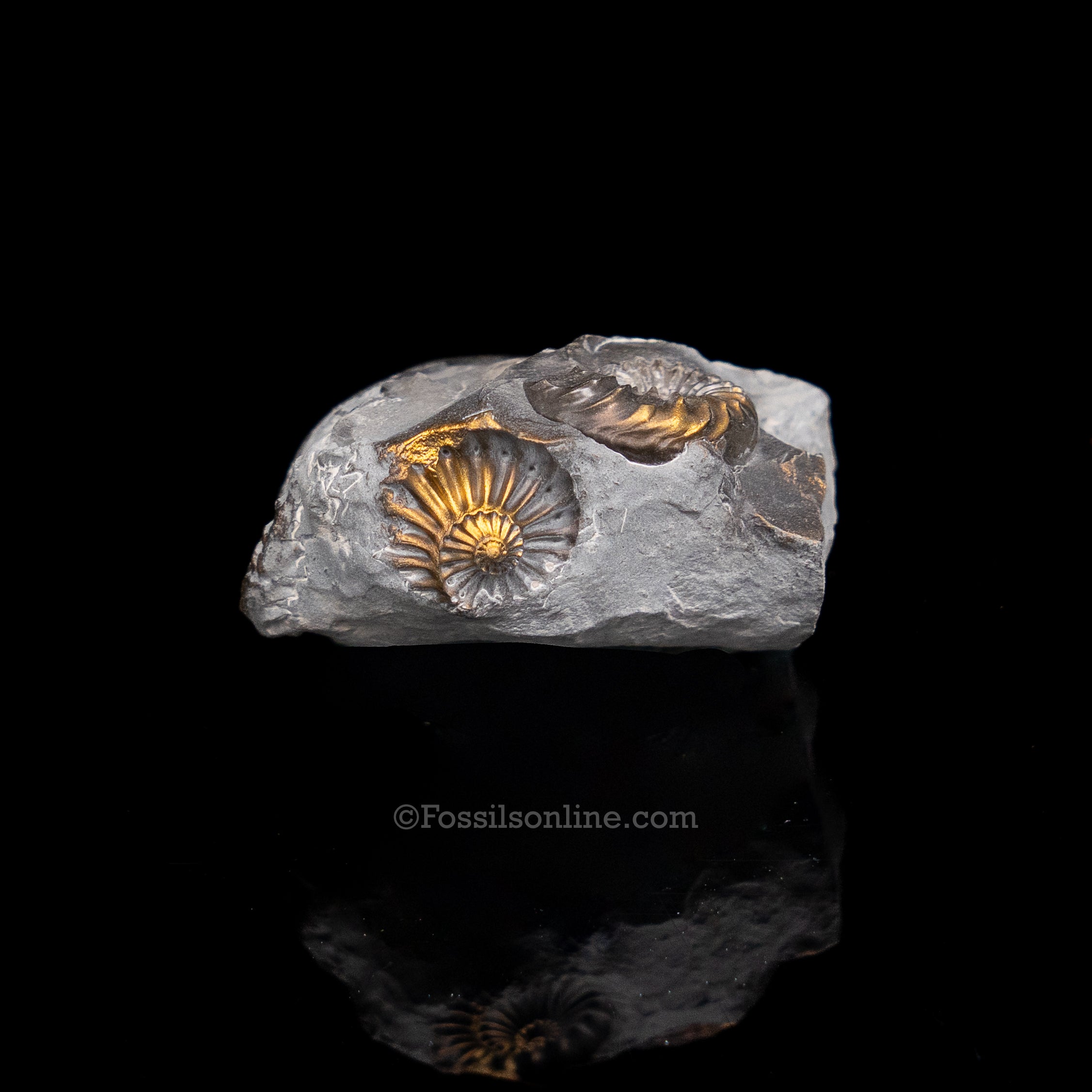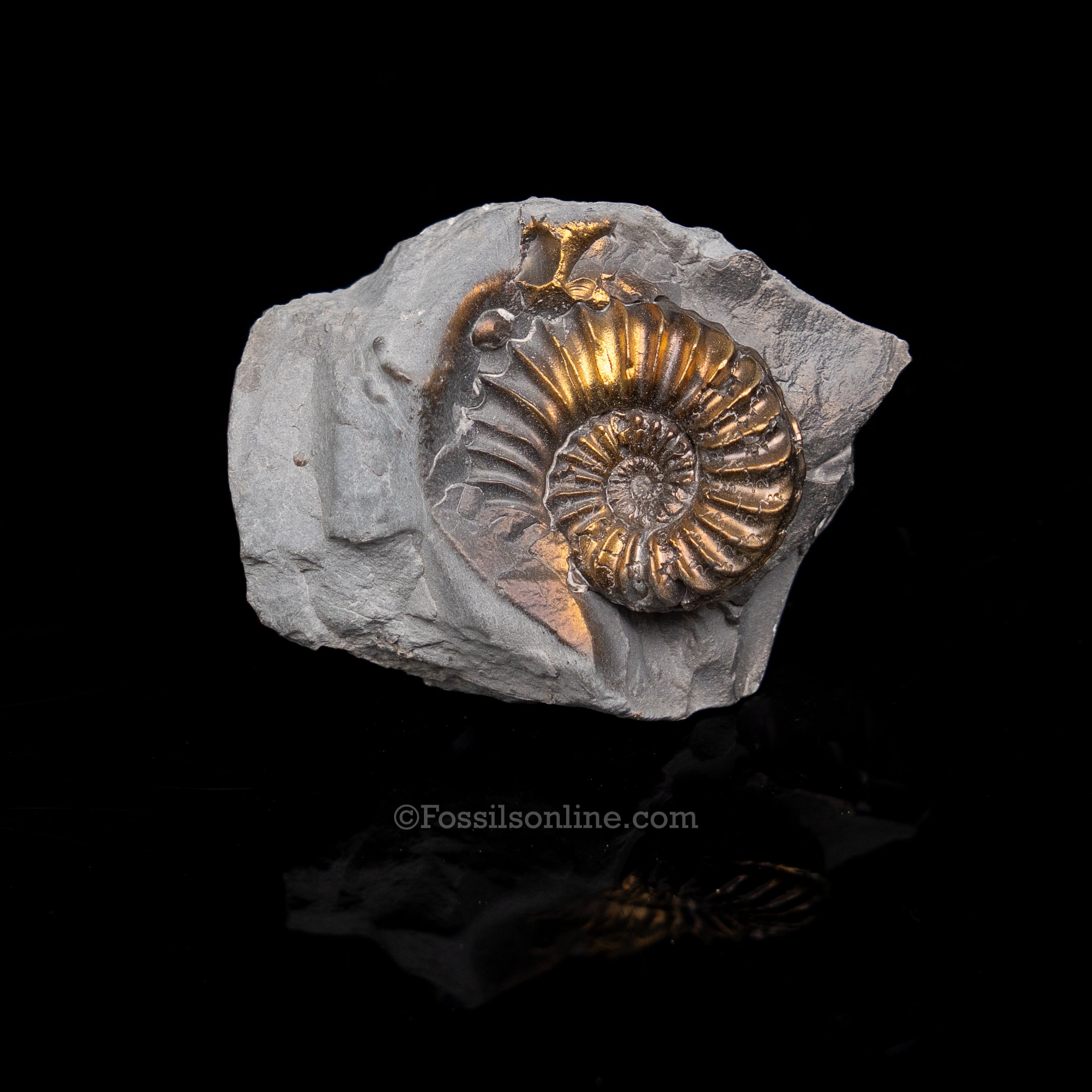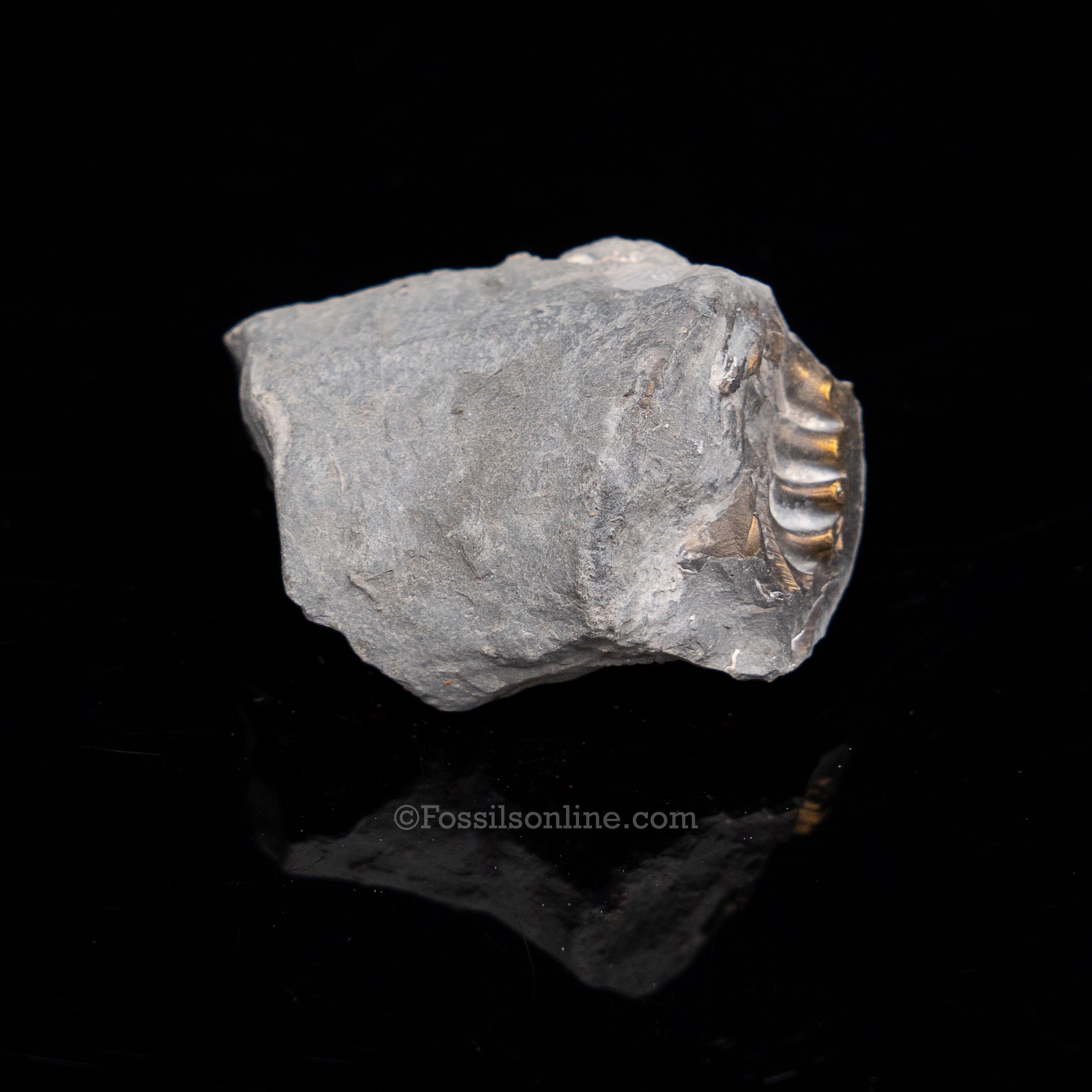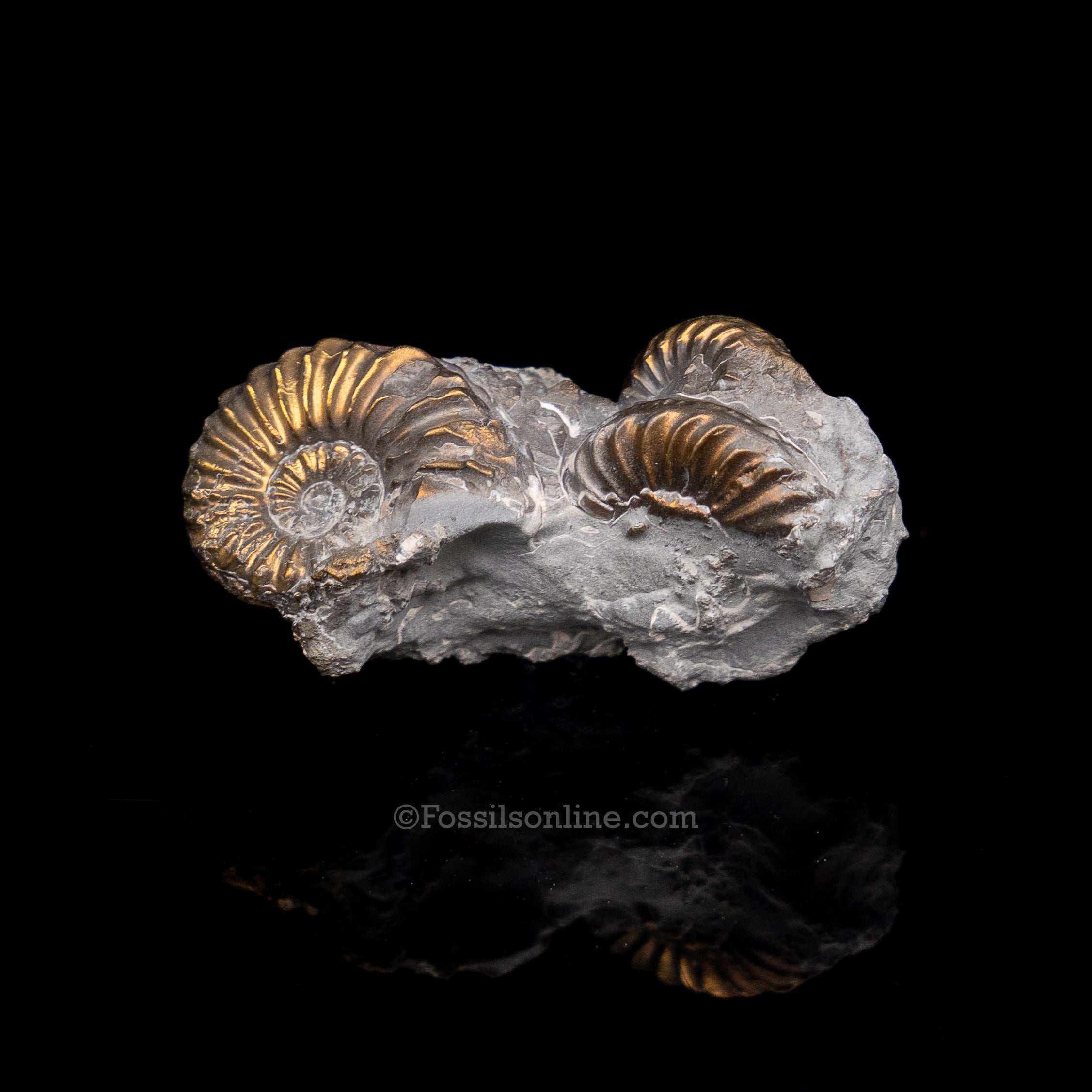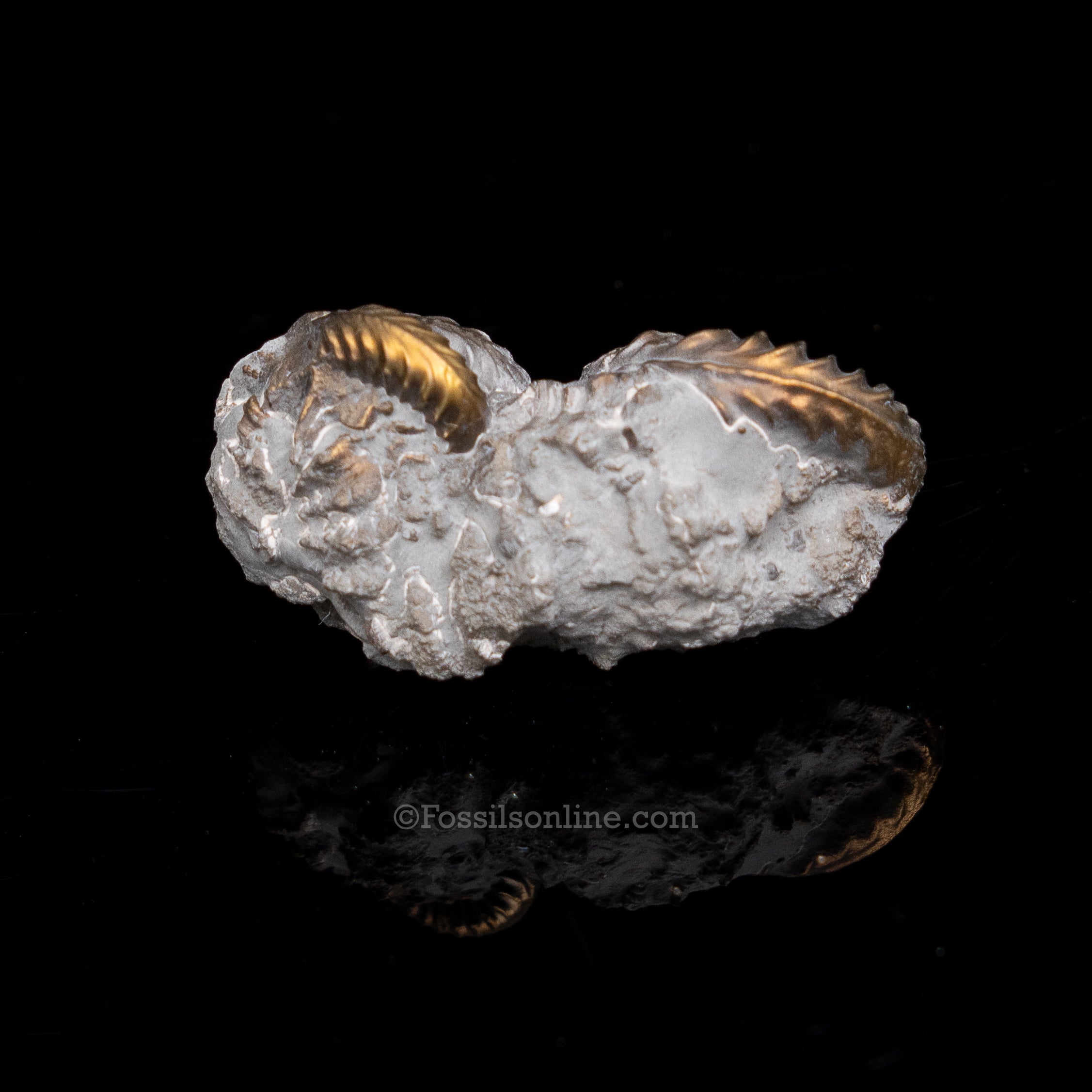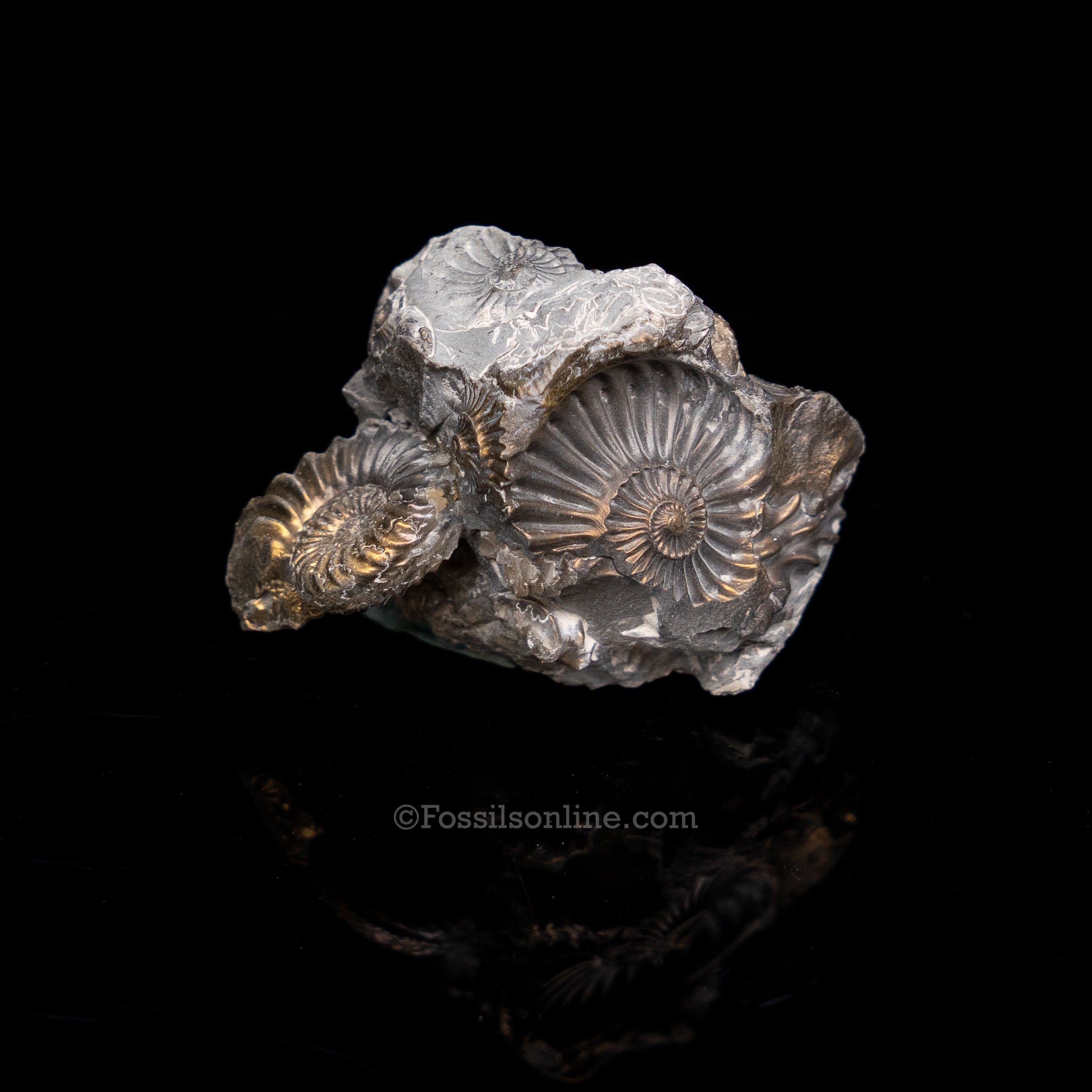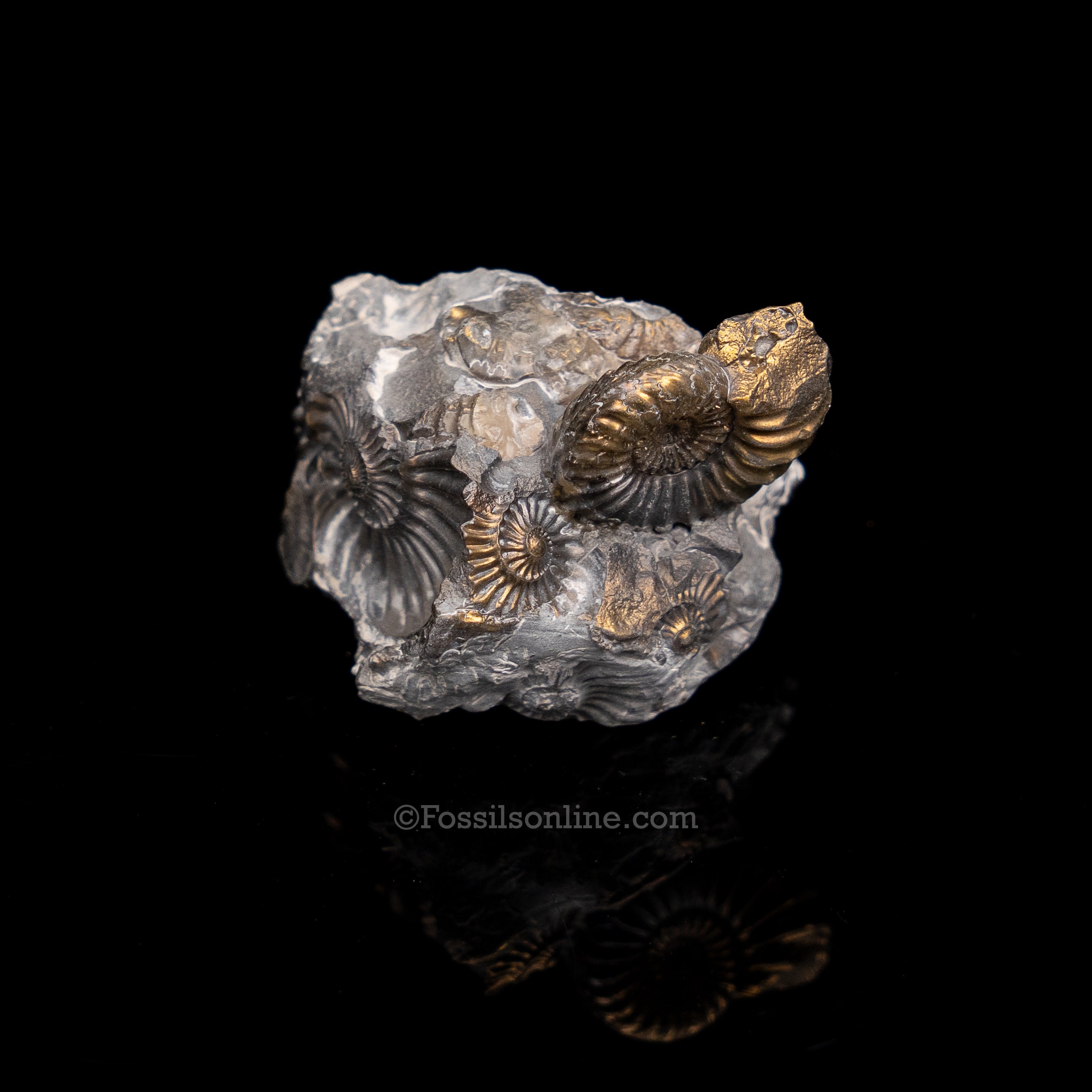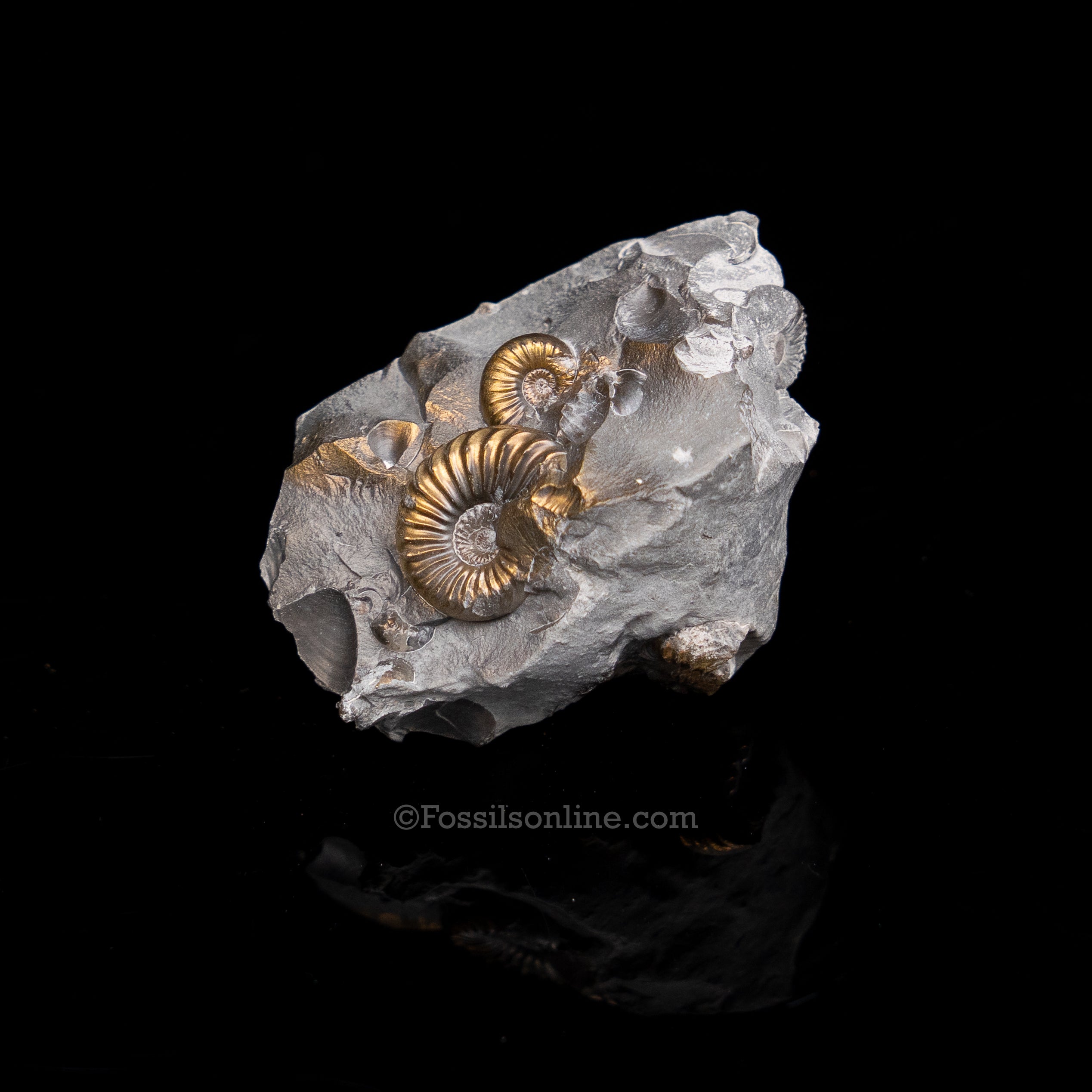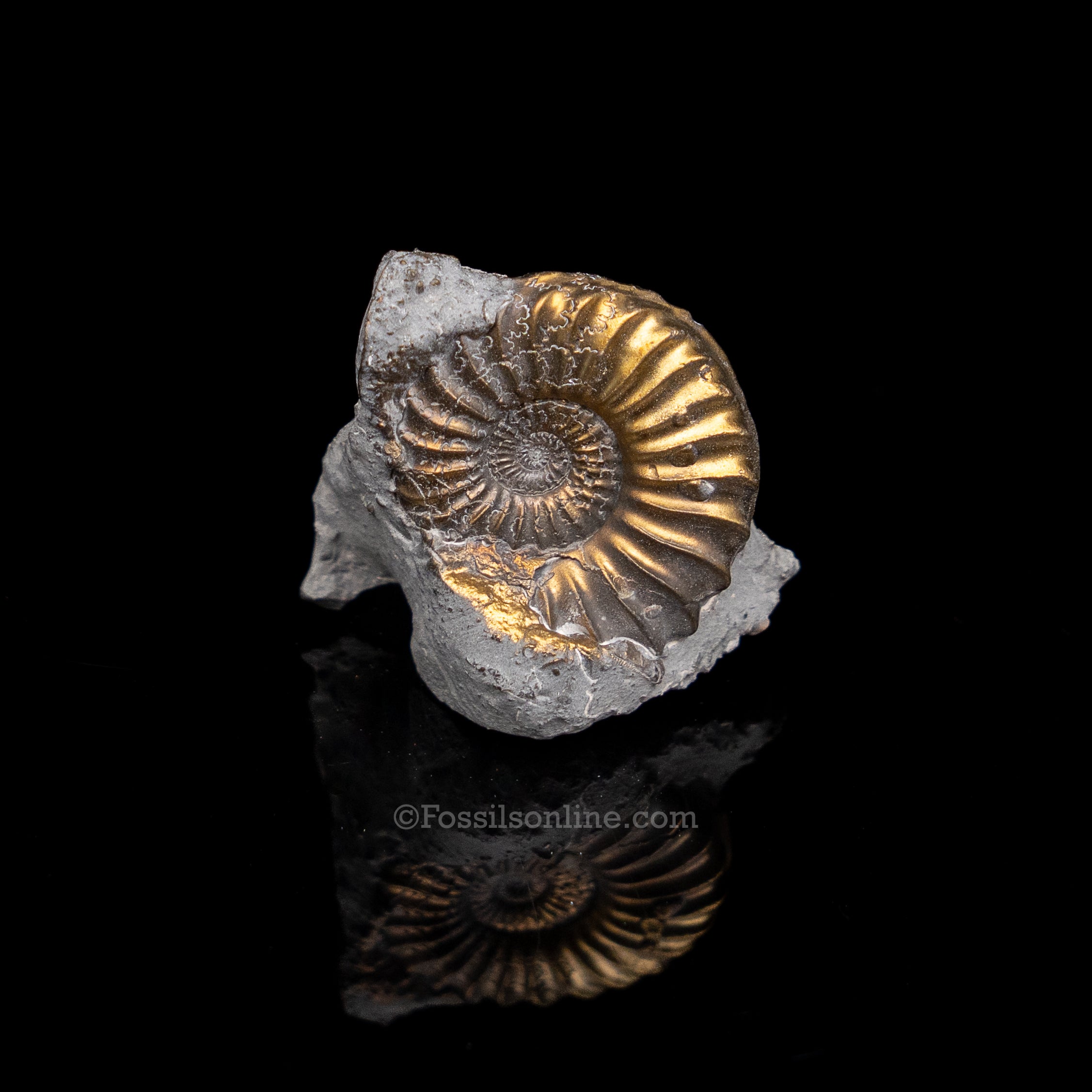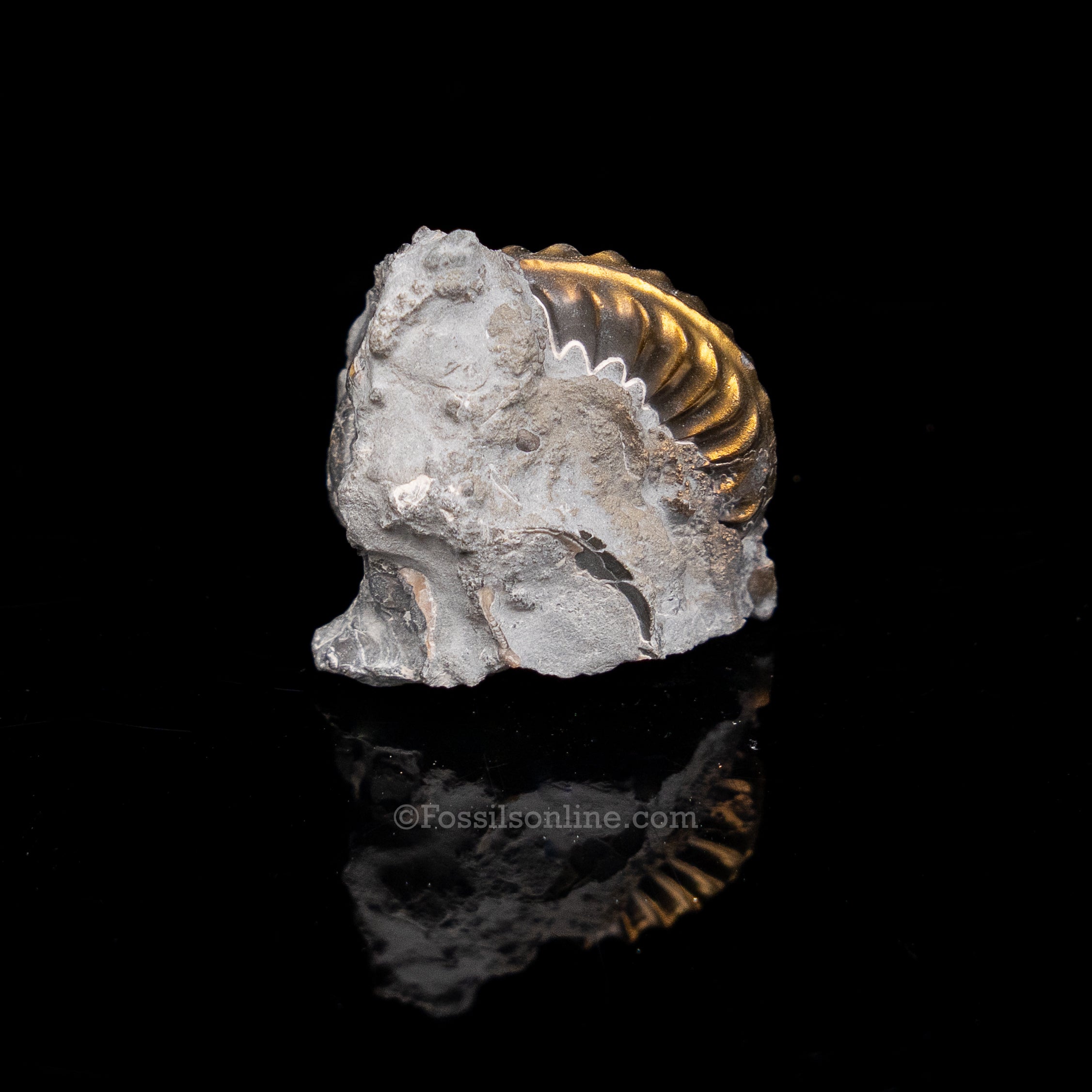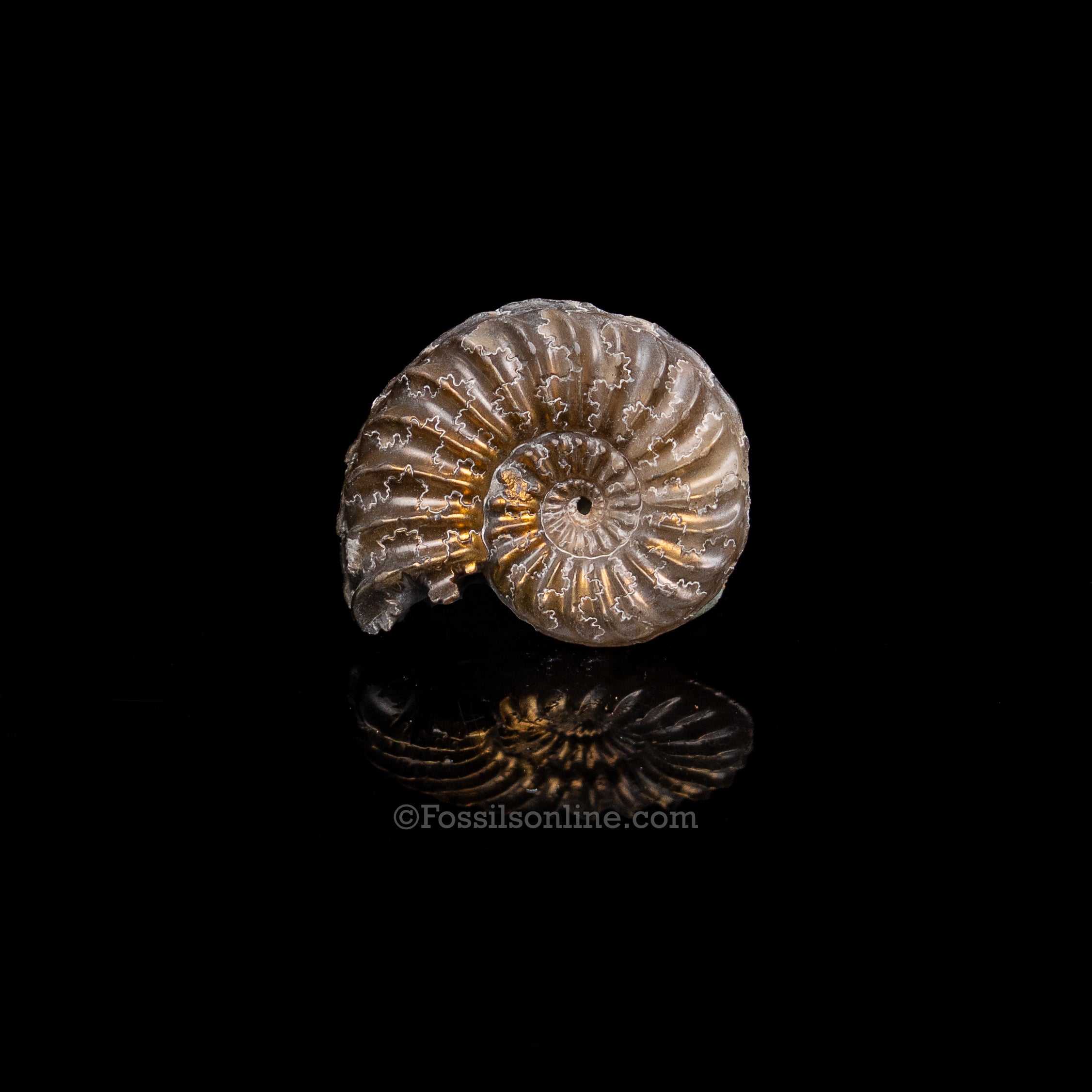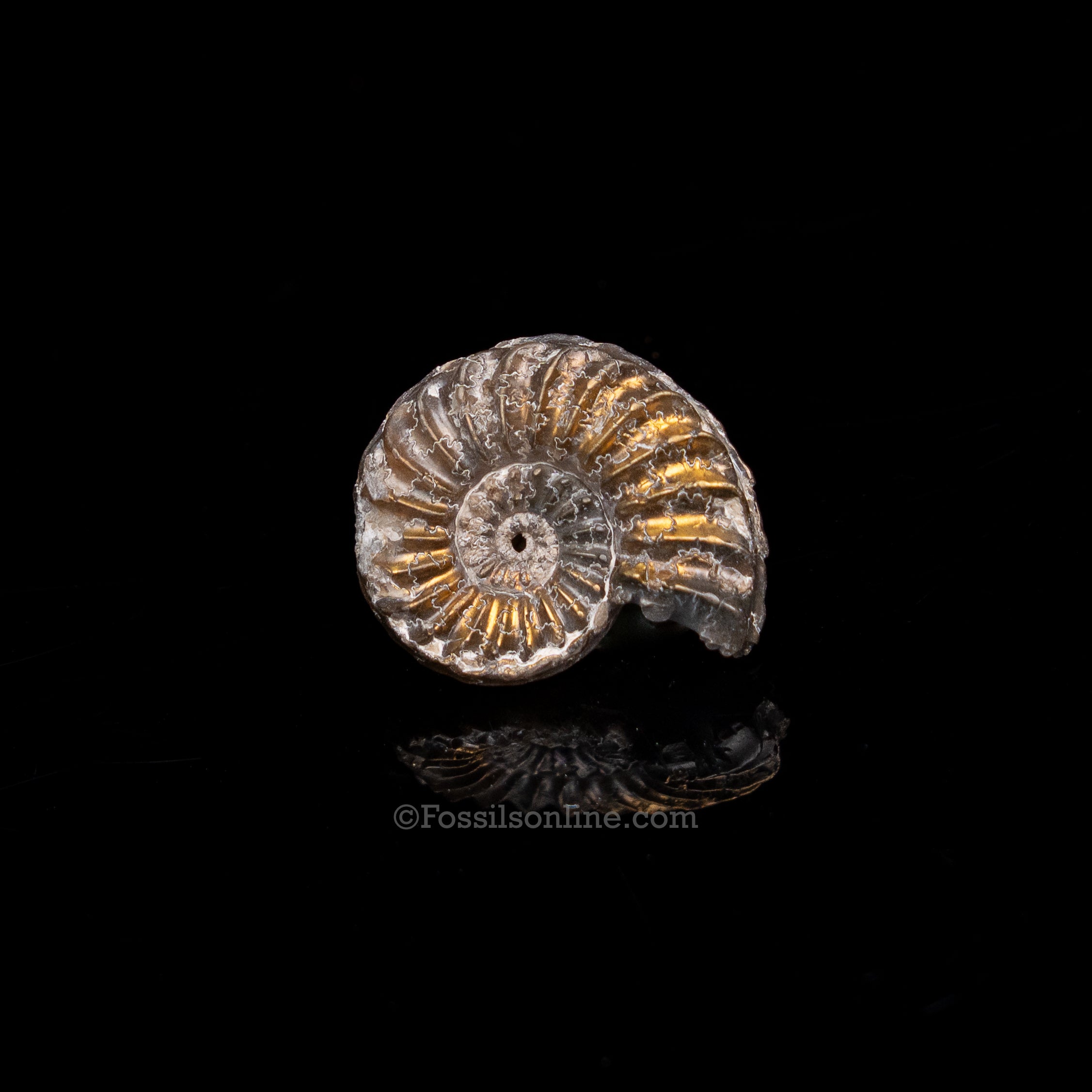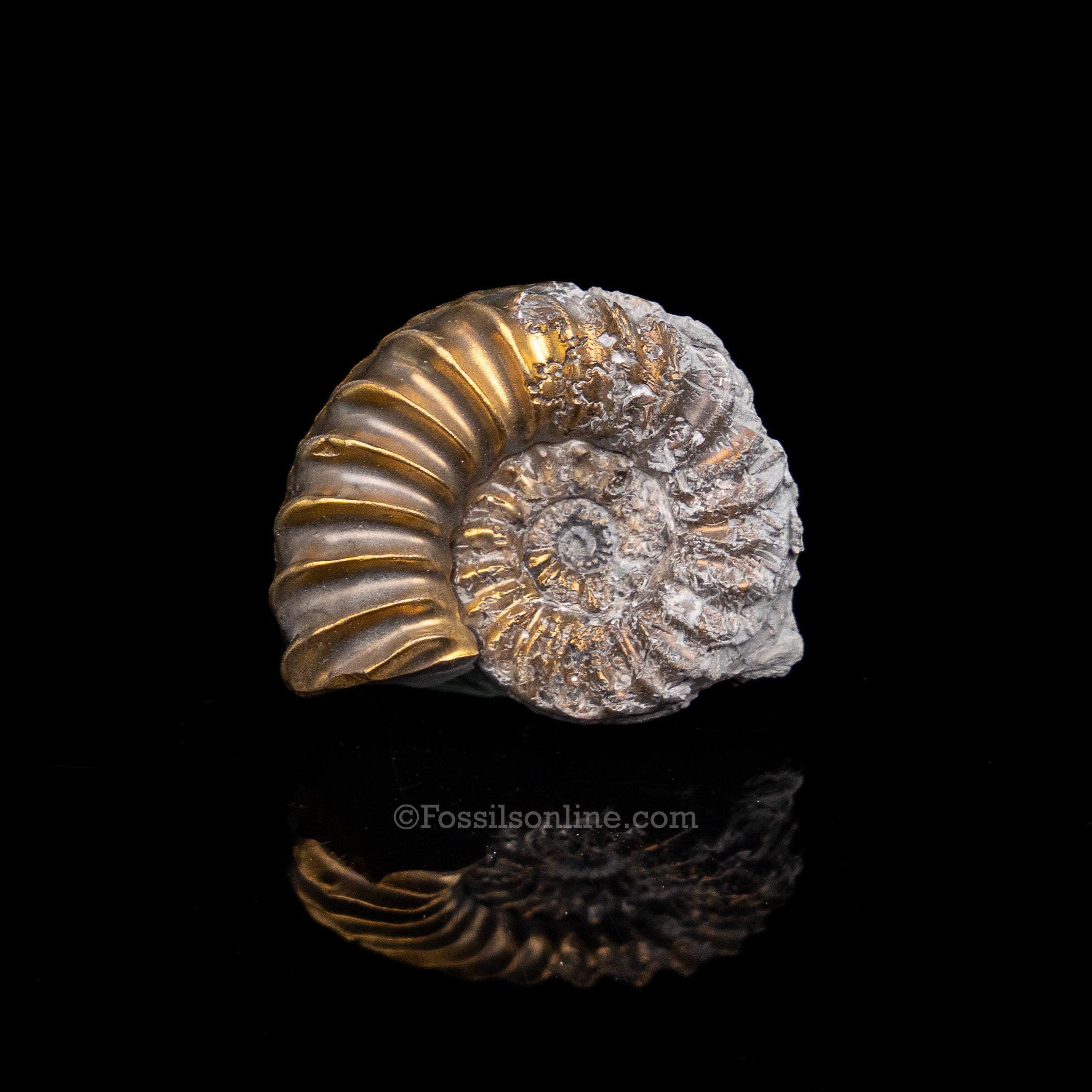Featured product


As shipping deadlines approach, we are offering gift cards for that special someone in your life.
Not sure what to give to that curious science lover in your family?
Don’t want to be ‘that’ family member that gifts undergarments?
Want to share the gift of curiosity and wonderment?
Or do you just want to be that cool family member that thinks outside the box when it comes to gift giving?
Well, here’s your chance. This will be an invitation to explore hundreds of items that will pique their interest in natural history and create an opportunity to talk about their interests and see some cool things while doing so.
A museum in your home, if you will.
Gift cards will be delivered electronically.
Featured product
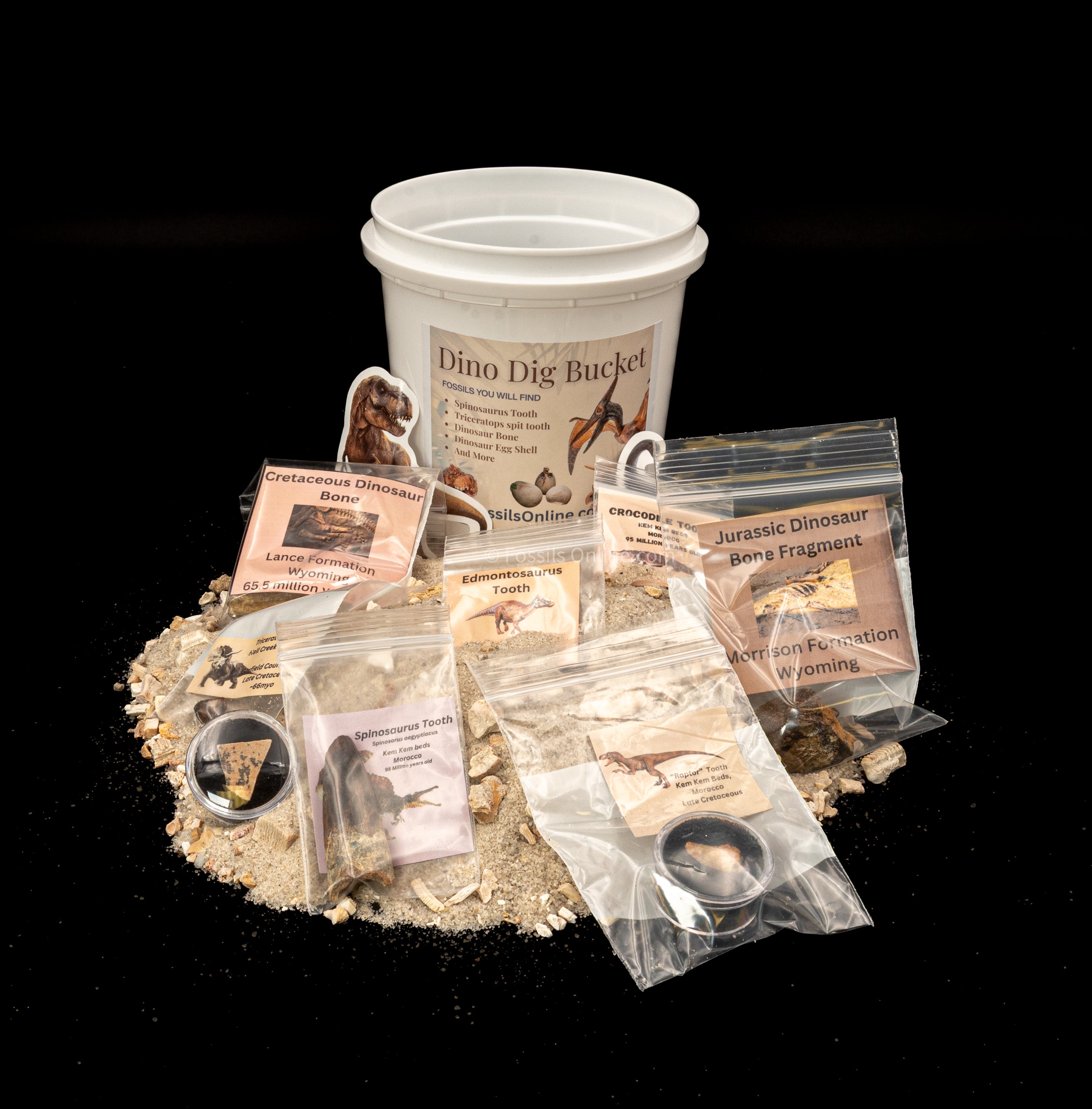
Dig into the prehistoric past with your own hands.
Each Discovery Bucket is filled with real fossil treasures buried in a sand and sediment mix, just waiting to be uncovered. You’ll discover authentic dinosaur bones from the mighty Triceratops and Edmontosaurus, mysterious Spinosaurus teeth from ancient riverbeds, and even fragile pieces of real dinosaur eggshell. Perfect for kids and adults alike, this hands-on experience is both thrilling and educational—giving you a glimpse into the creatures that roamed our planet millions of years ago. Get ready to excavate history.
What's in your bucket?
Spinosaurus Tooth-From the Cretaceous period, this predator ruled the river systems of what is now Morocco. Its conical teeth are perfect for catching fish!
Triceratops Tooth-A plant-eating giant with three horns and a massive frill. These fossils come from the Lance Formation of Wyoming.
Edmontosaurus Tooth-A duck-billed herbivore that lived during the Late Cretaceous. These bones were found in North America.
Dinosaur Eggshell Fragment-These delicate pieces are likely from a hadrosaurid or similar species, giving you a glimpse into the earliest stage of a dinosaur’s life.
Crocodile Tooth (Kem Kem Beds)-From the same fossil-rich layers as Spinosaurus, these sharp teeth belonged to prehistoric crocs that shared the landscape with dinosaurs.
"Raptor" Tooth-A meat-eating dinosaur from North Africa, abelisaurs had short snouts and sharp teeth—this one comes from the Kem Kem Beds.
Jurassic Dinosaur Bone (Morrison Formation, WY)-This fossil comes from one of the most famous dinosaur bonebeds in the world. It may have belonged to a sauropod like Apatosaurus or a predator like Allosaurus.
Cretaceous Dinosaur Bone (Lance Formation, WY)-This fossil fragment is from a dinosaur that lived at the very end of the age of dinosaurs, just before the extinction event
Booklet describing each fossil.
Due to the delicate nature of some of the fossils, we recommend dry sifting rather than using water. To help protect the more fragile pieces, they’ve been individually bagged and labeled.
WELCOME TO
FOSSILS ONLINE
Welcome to Fossils Online. I've been curating fossil specimens, rare shark jaws and quality fossil shark teeth from around the world to share with other fossil enthusiasts since 1998. We pride ourselves in being knowledgeable in all three fields to ensure that you receive accurate descriptions, positive identifications and detailed pictures so you can feel confident that the item you receive will surpass your expectations. As hard as we try to capture every detail, it is impossible to duplicate what you see in person from a photograph. With that said, we know you will be very pleased as all of the items we sell look better in person.
WEEKLY NEW SELECTION
Featured collection
